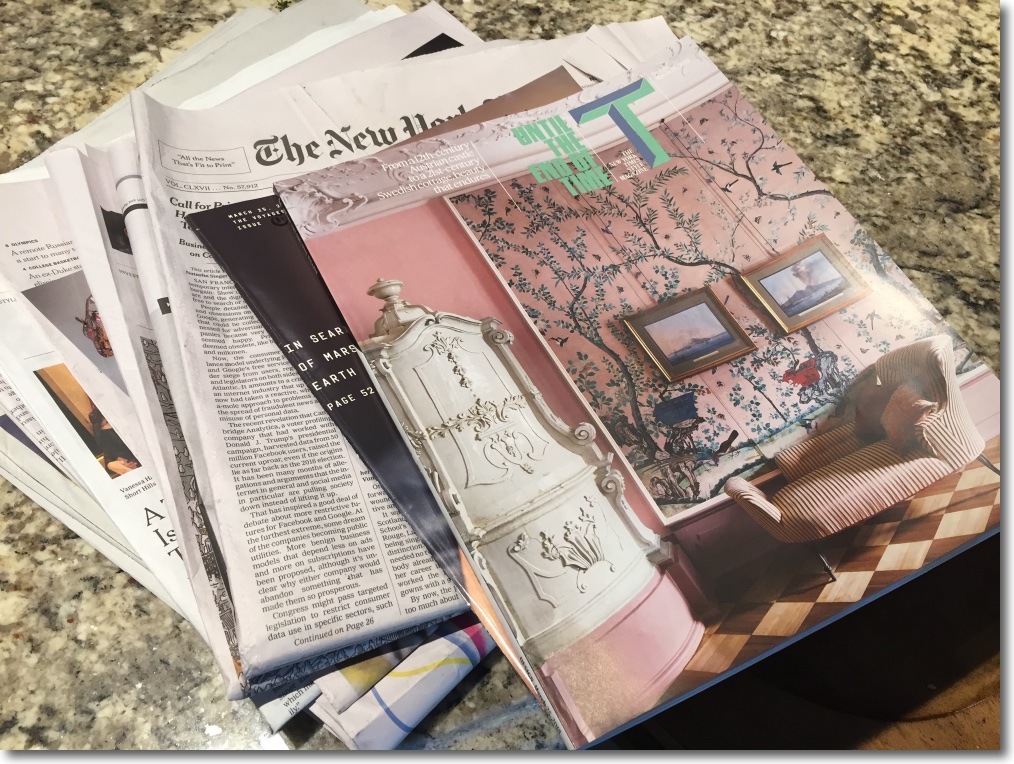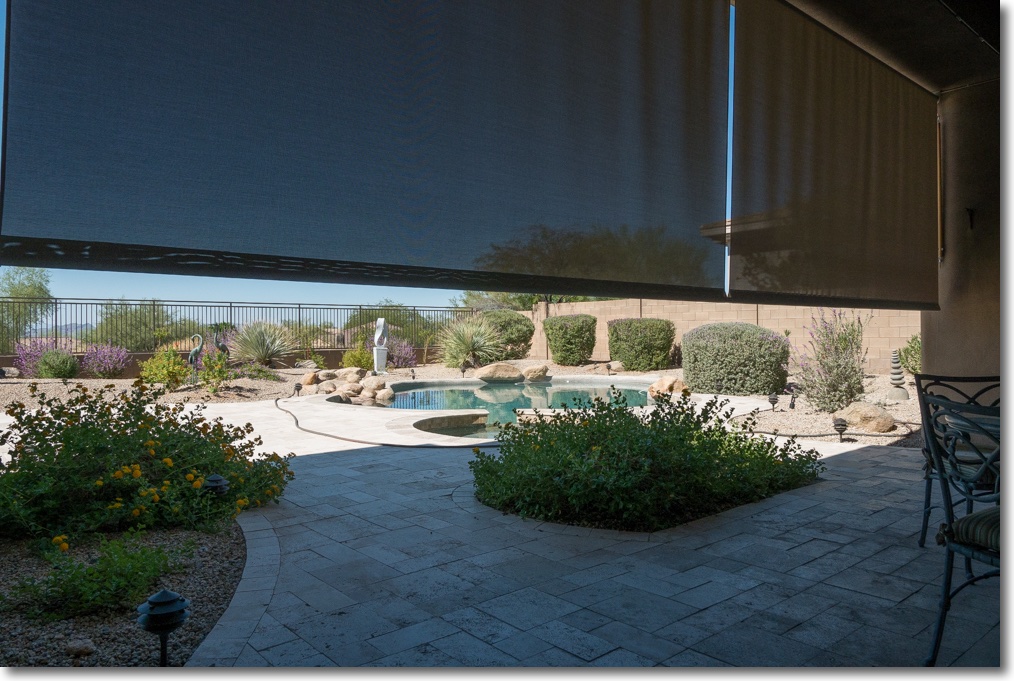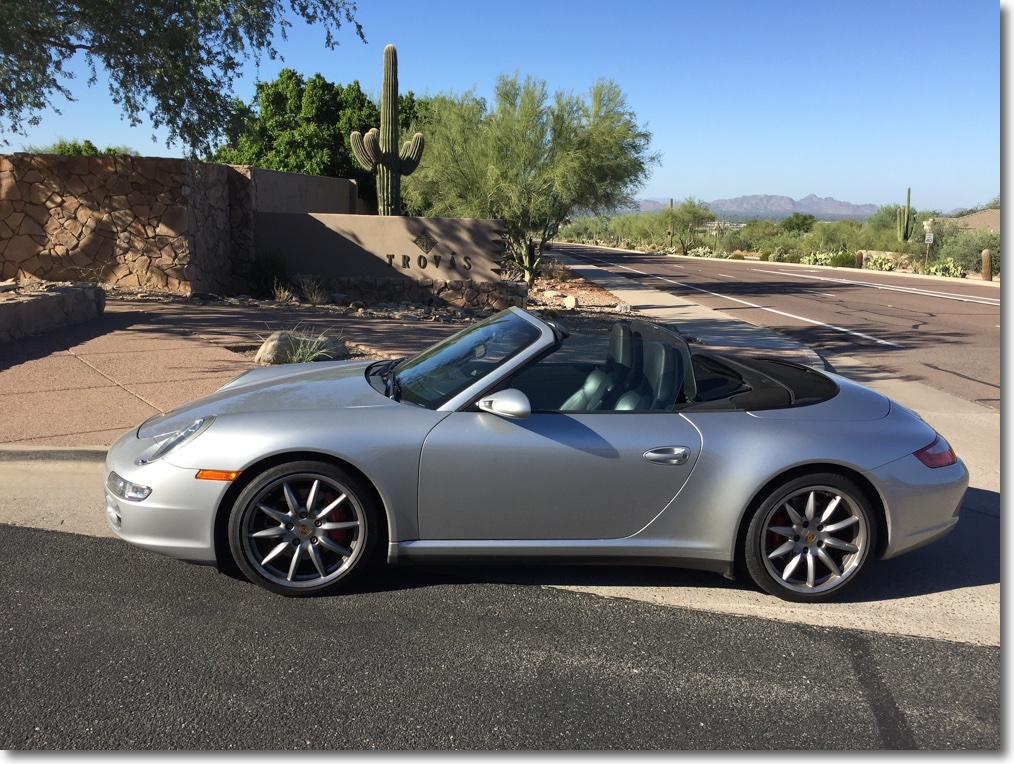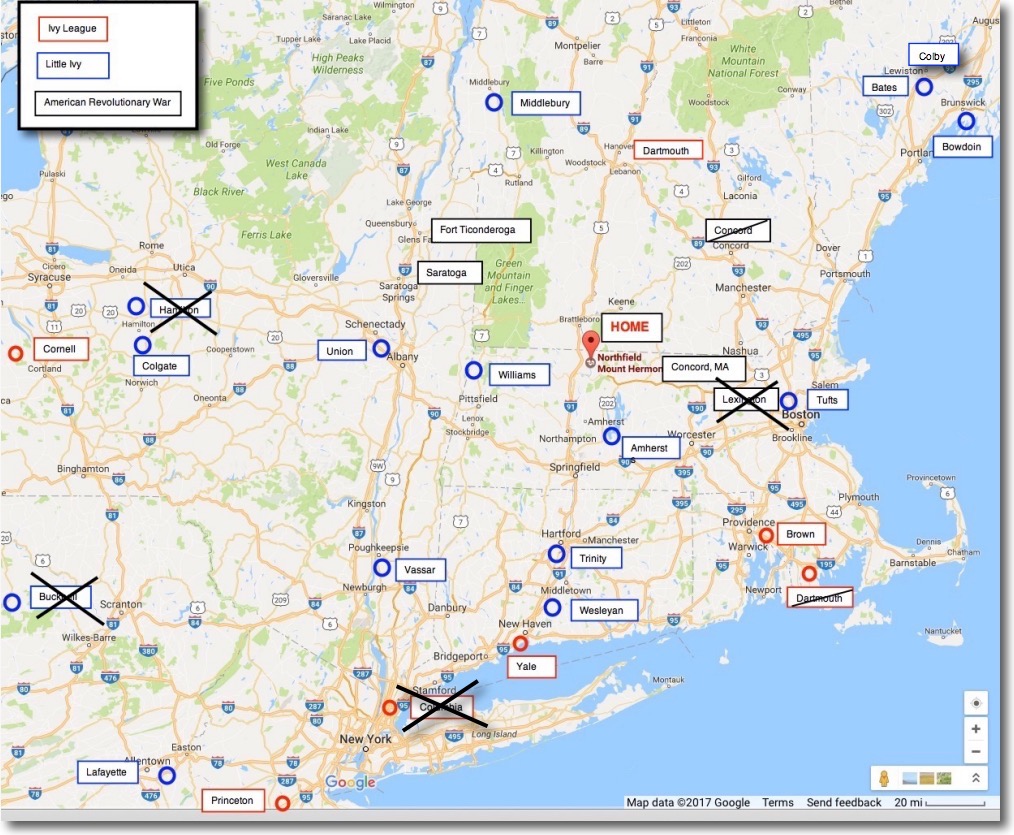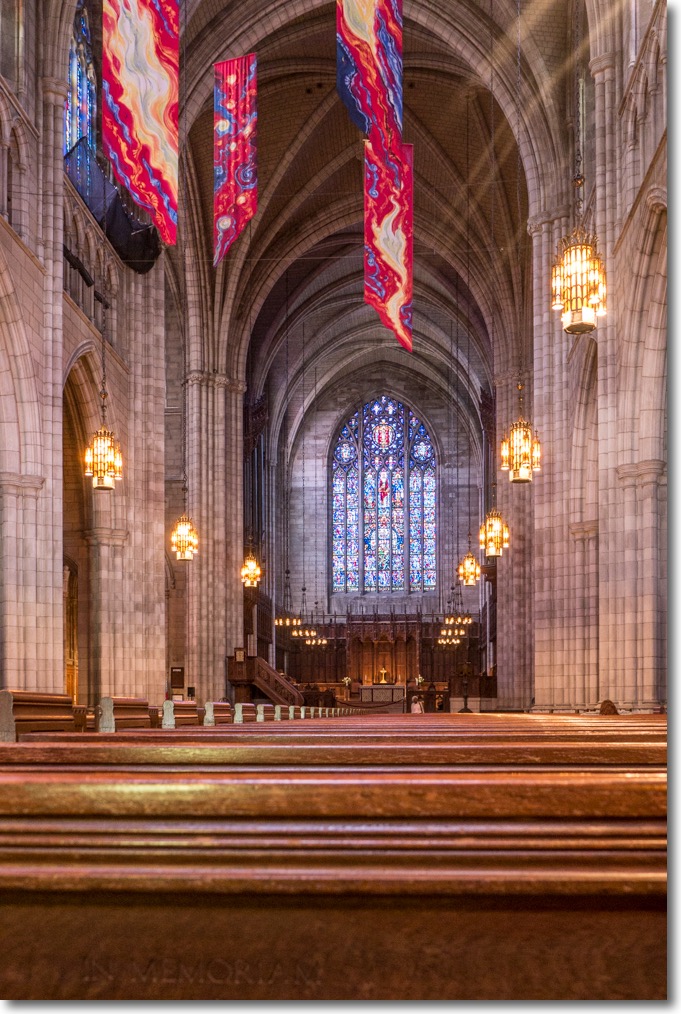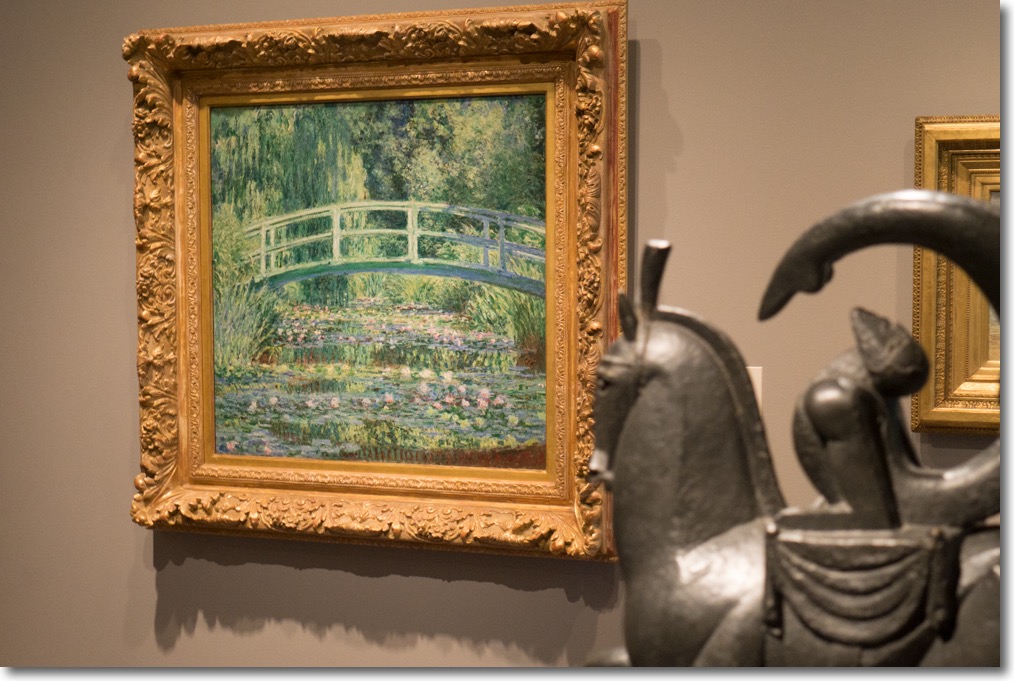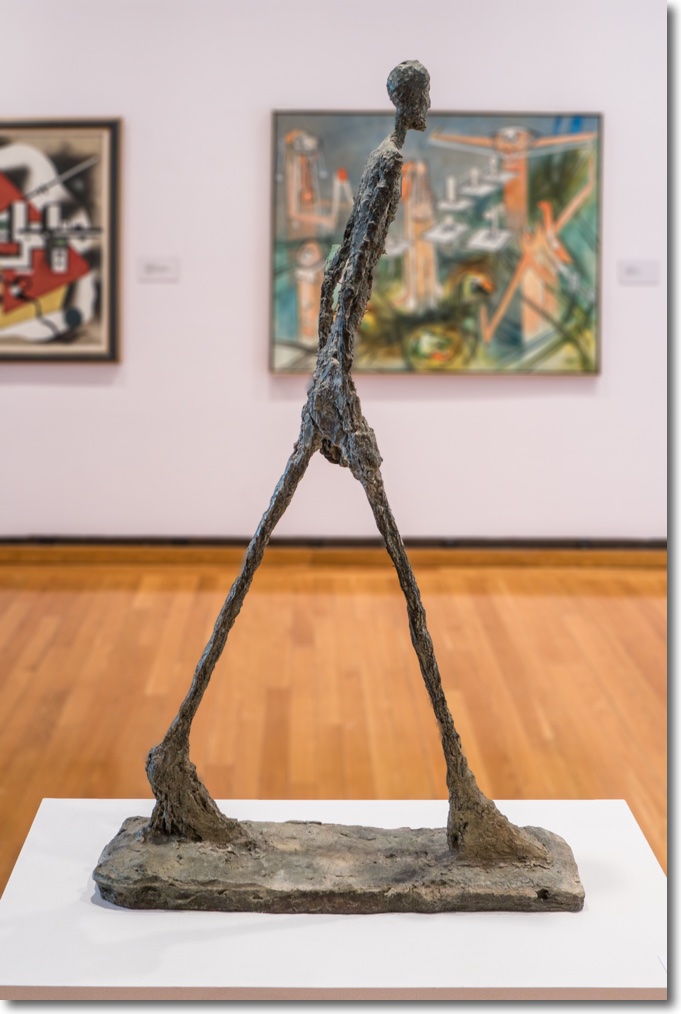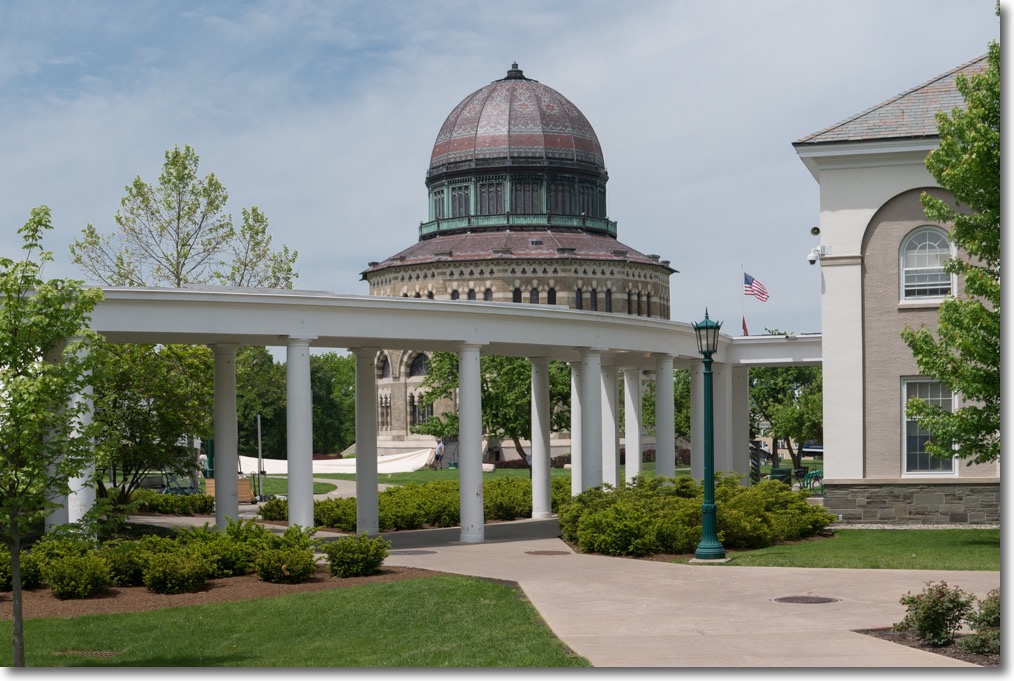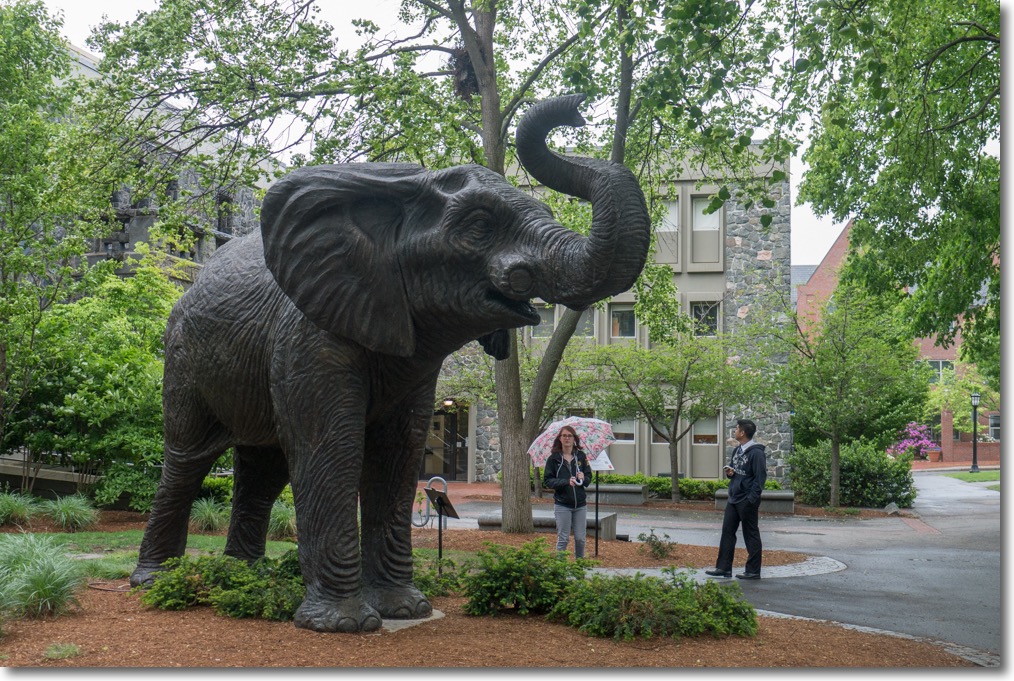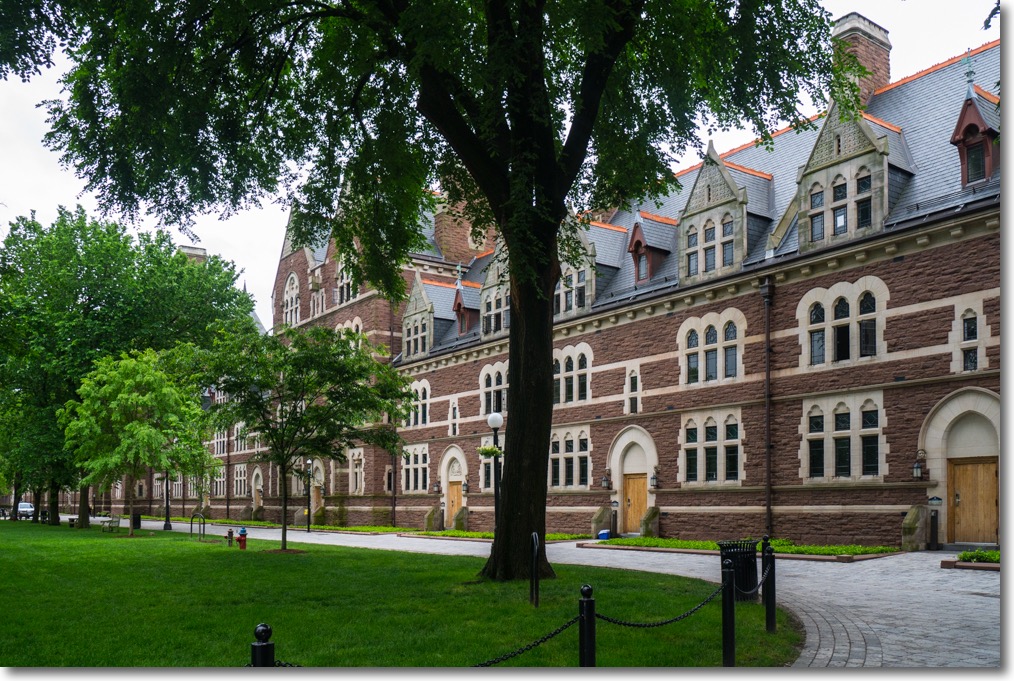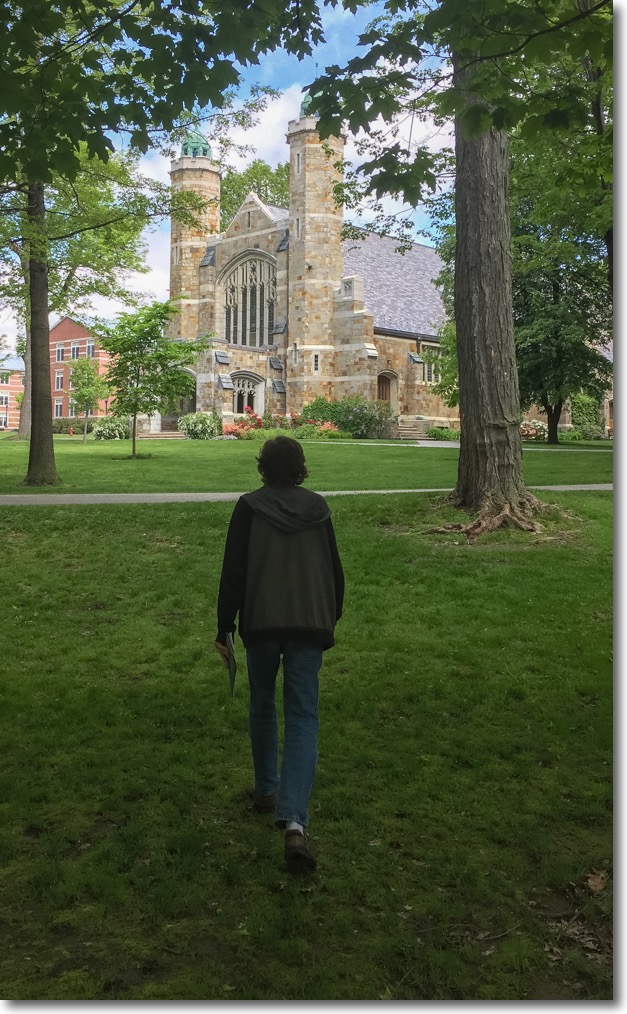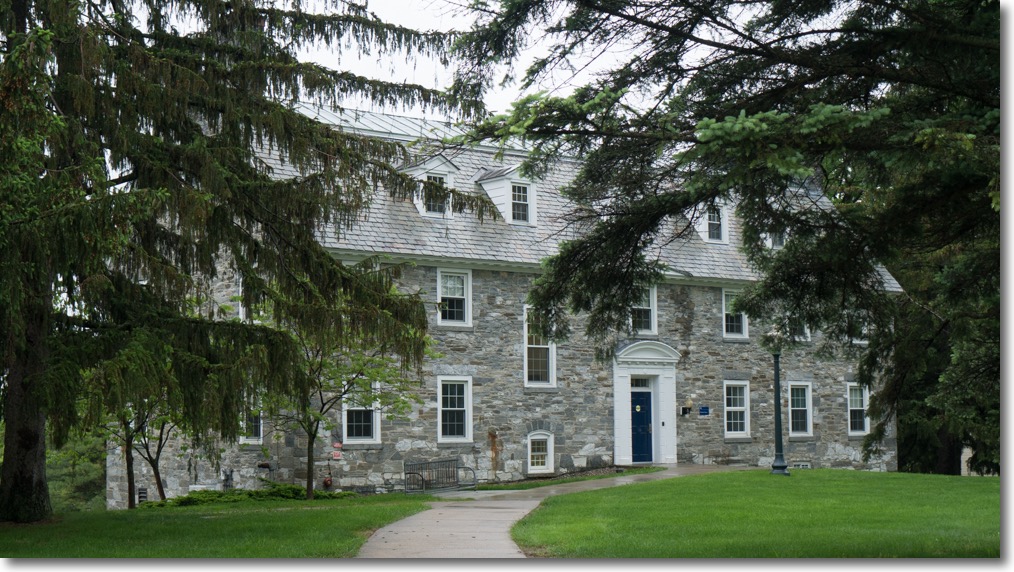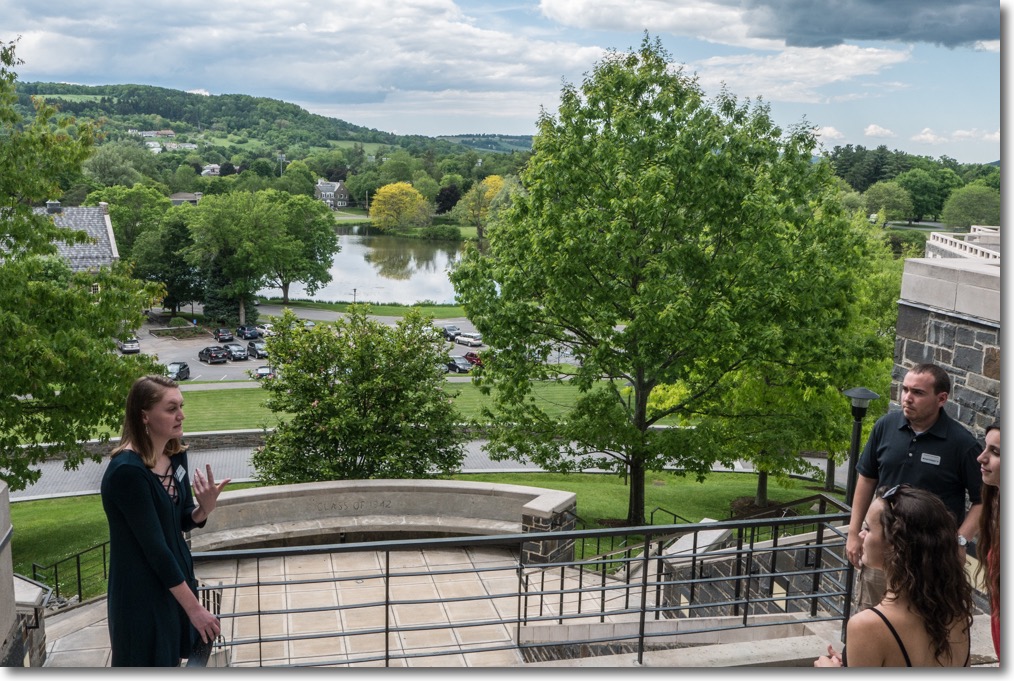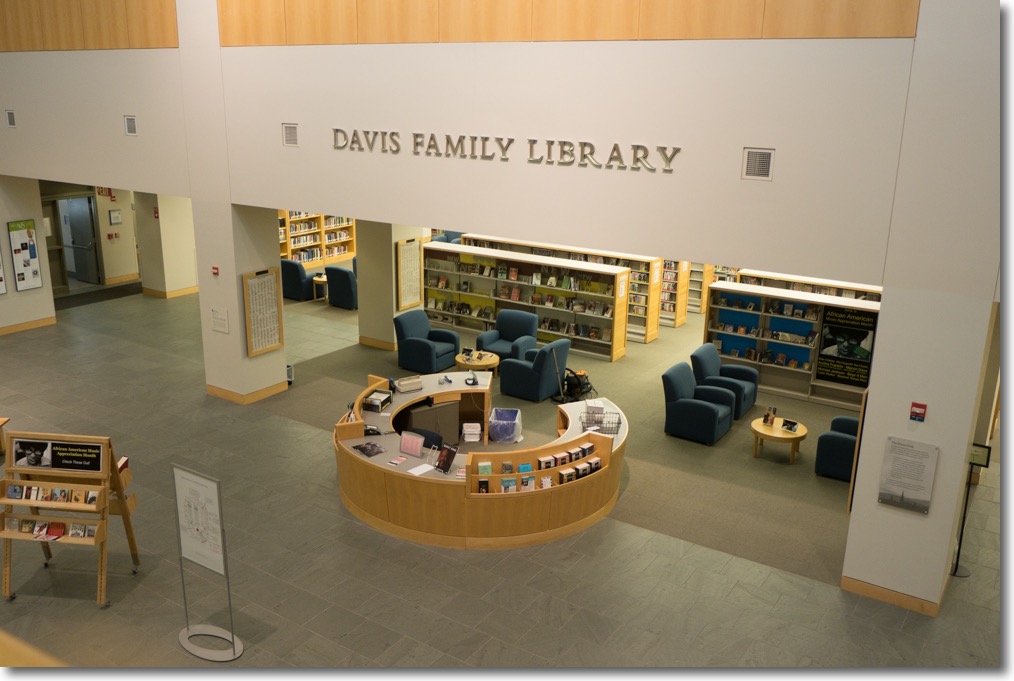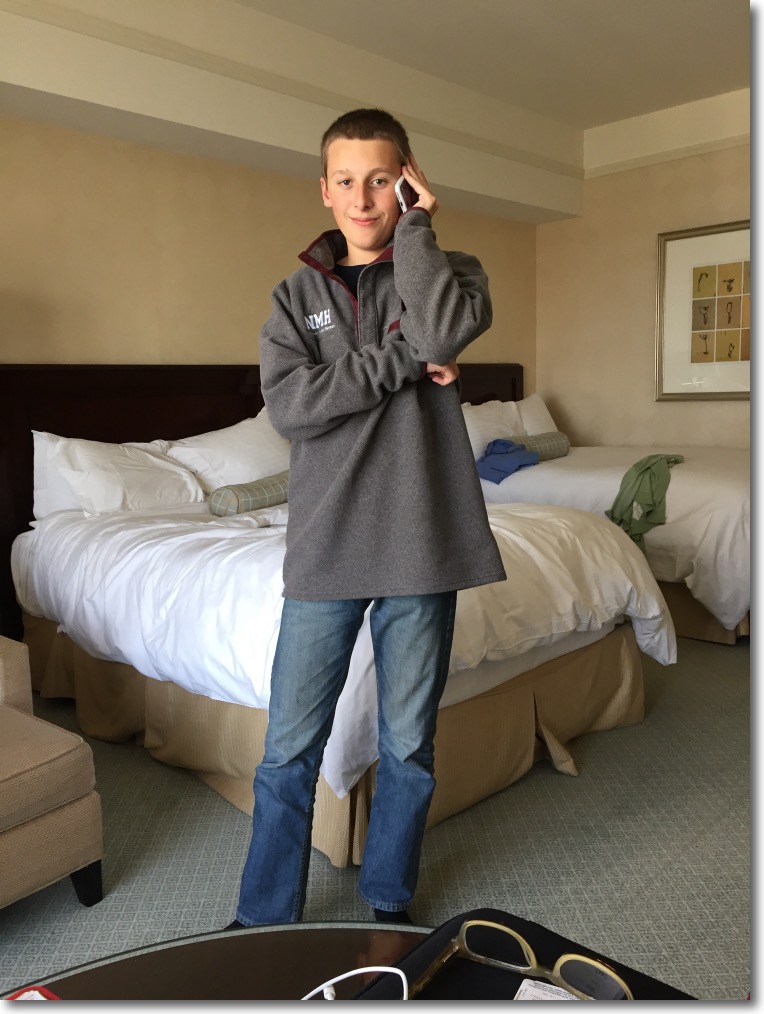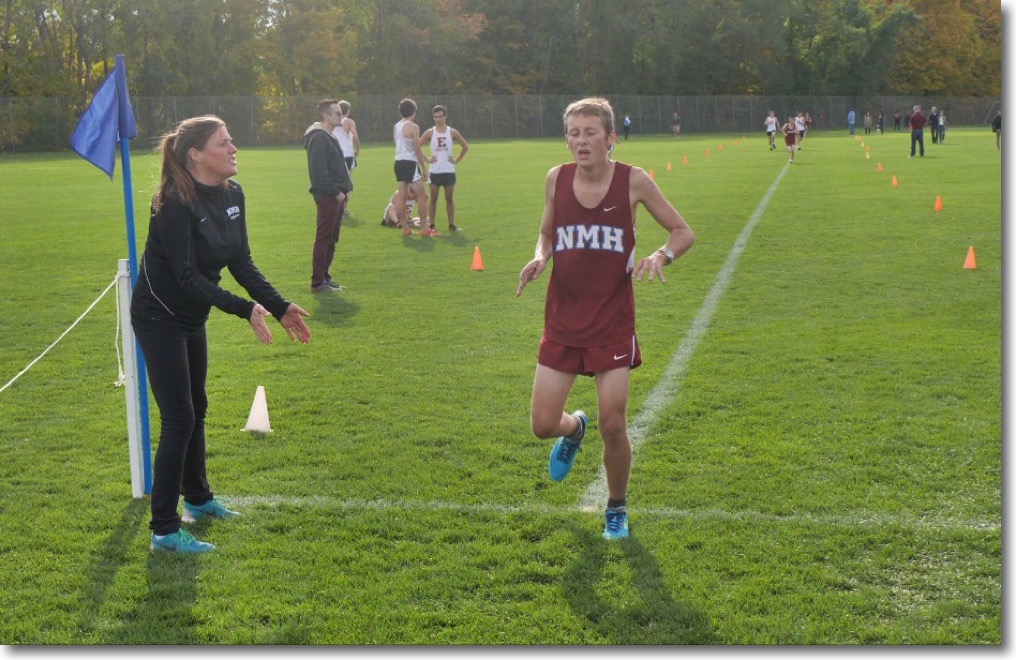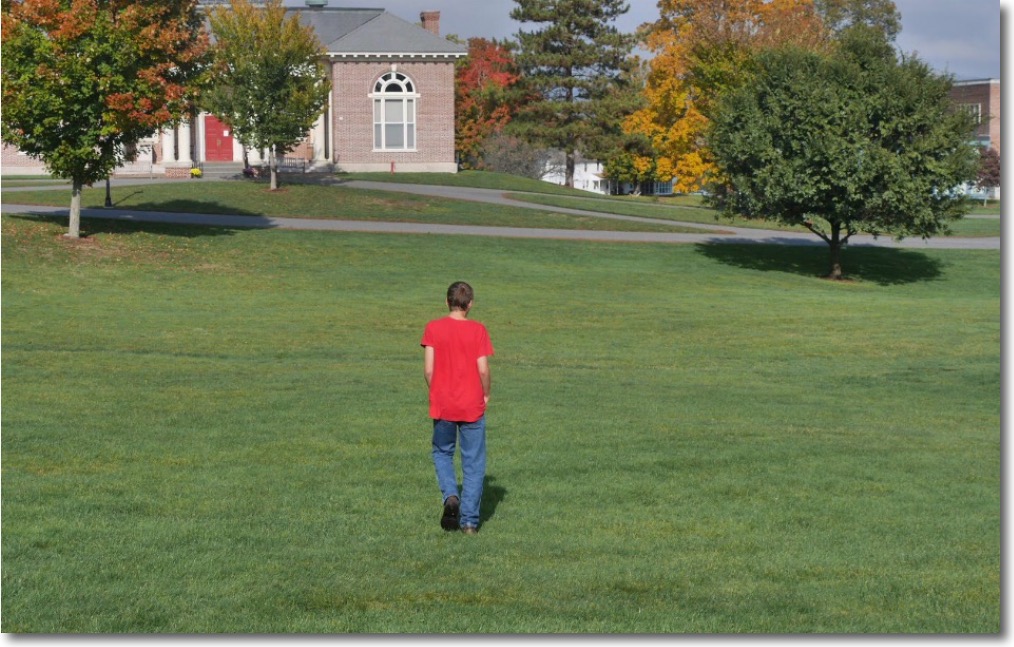A fun time.
These pieces generally run annually in time for Hanukkah and Christmas.
“Education is what remains after one has forgotten everything he learned in school.” – Albert Einstein
At age 15 I was working a couple of paper rounds and was in addition lucky to get a summer job in a machine shop in London. Machinists were very much blue collar folks and I genuinely enjoyed both the job and the men who taught me the required skills. And, with my three jobs, I had never felt wealthier! I became fairly proficient as both a lathe and mill operator, having started on the pantograph where I engraved instruction plates which would be attached to the small factory’s output of precision tools. Later I learned a gamut of machining skills which I enjoyed no end.
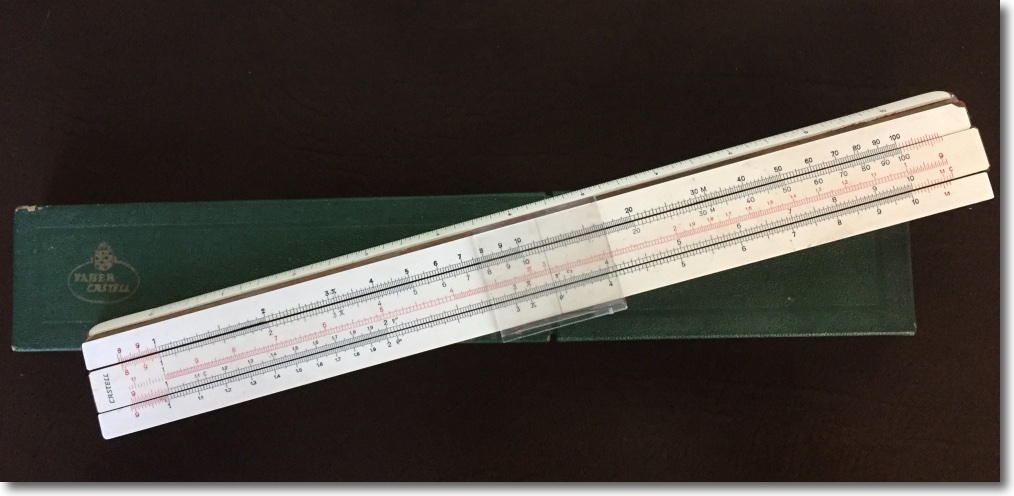
A last remnant of my engineering days. There were no electronic calculators back then.
There was no shortage of good humored joking from my fellow workmates (“four eyes”, “bookworm”, “Lord Fauntleroy”) who knew I would never be one of them – for a start I spoke all ‘la-di-da’ – yet they selflessly taught me the required skills on the job. These were hard working, family men and their innate sense of fairness and decency was everywhere to be seen. Many had served in WWII but it was not something they boasted about. The status of ‘hero’ had not yet been invented. And, in one memorable exchange, they opened my eyes to the world. “So what are you going to do when you finish school, Thomas?” Bill asked me one morning. “Why, go to university like everyone else” I innocently replied.
This response elicited much hilarity and good natured ribbing when it was pointed out to me by Bill and his mates that my presumption that everyone goes to college was sadly mistaken. Yet, in all candor, until I committed that little faux pas, I honestly believed that everyone indeed went to university! That was the way my mum, The Countess, had brought me up and I never saw any reason to argue. I fear I have adopted the same attitude toward my son some half century later.
So, sure enough, it was off to college for me in 1970 on a free scholarship, three years after that little boo-boo.
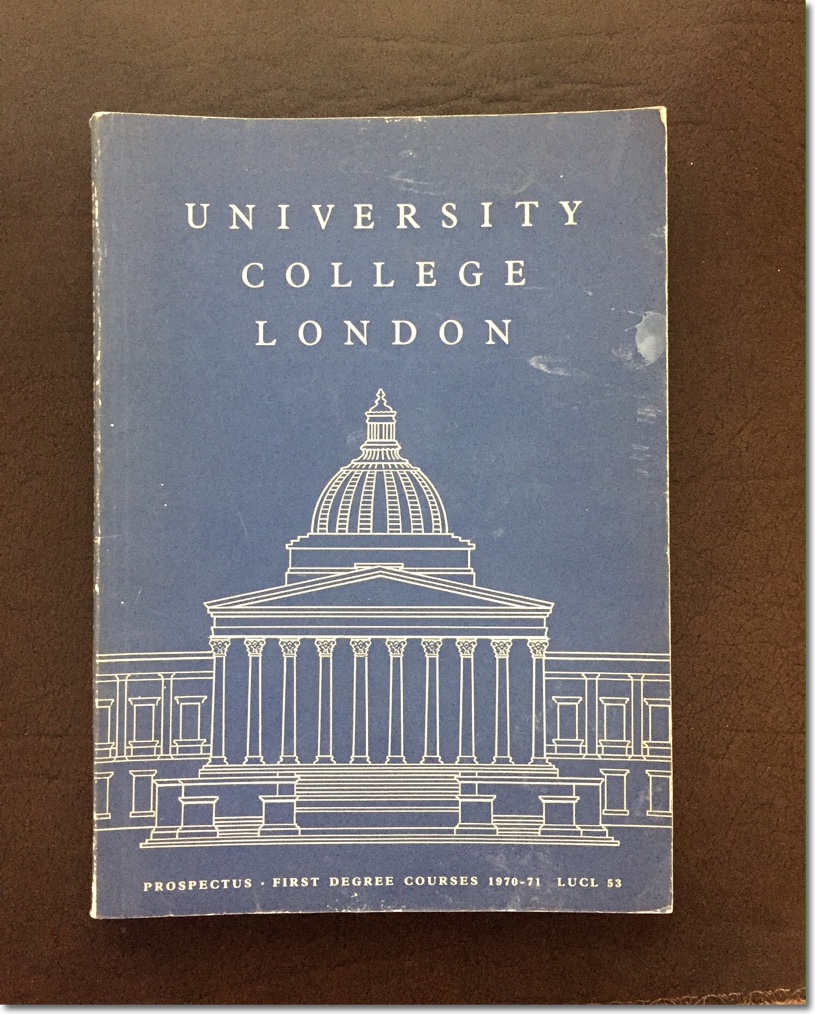
The UCL prospectus for 1970.
Established in 1826 for the education of those who could not afford Oxbridge, UCL remains the premier public research university in the UK and has, since its formation, been entirely secular. That remains, for me, a key dictate in education today and continues to guide my advice to my son on his choice of prep school and college in the United States. Religion has no part in a broad education.
The distinguished Dean of the Faculty of Engineering at UCL was Professor P. N. Rowe, B.Sc., PhD., D.Sc., C.Eng., M.I.Cheme. and D.I.C. Phew! He was as famous as an engineer as he was for all those qualifications. Any aspiring engineer wanted to be in this great man’s lecture classes.
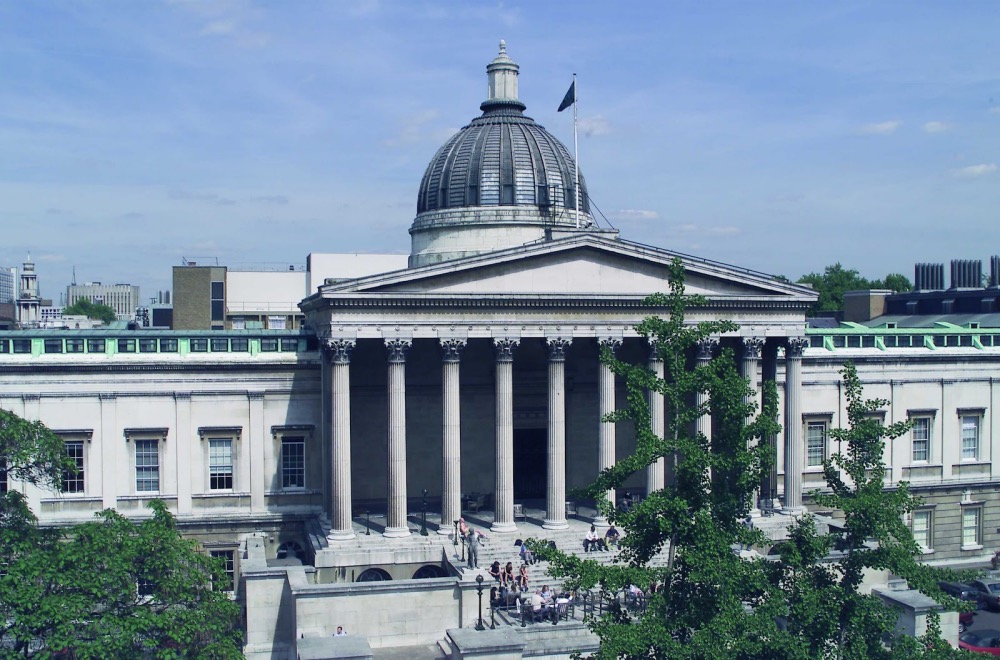
University College London.
The campus is in beautiful Bloomsbury, near both the Courtauld Art Museum and the British Museum, an area famous for its output of notable literary and arts figures. (The Courtauld has the single greatest snapshot painting made – Manet’s ‘A Bar at the Folies-Bergère’. Along with HC-B it has been my greatest photographic inspiration.)
One in eight applicants gets accepted and the college is ranked third in Europe after, you guessed it, Cambridge and Oxford. Distinguished alumni are too many to recite here, but prominent names include Mahatma Gandhi, Francis Crick of DNA fame, Alexander Graham Bell, the nut Edward Teller (Dr. Strangelove), the composer Gustav Holst, Peter Higgs of boson fame, Christopher Nolan and …. Ricky Gervais. You could not have a broader selection of distinguished graduates across all fields of study.
UCL has bred more Nobel laureates than you can shake a stick at, including Higgs (Physics), William Ramsay (Chemistry), Crick (Medicine), Rabindranath Tagore (Literature) and James Heckman (Economics), to name a few. The ‘Nobel for Math’, the Fields Medal, is also well represented with three winners – this is a really tough one to get, one which not even John Nash of Princeton managed to win.
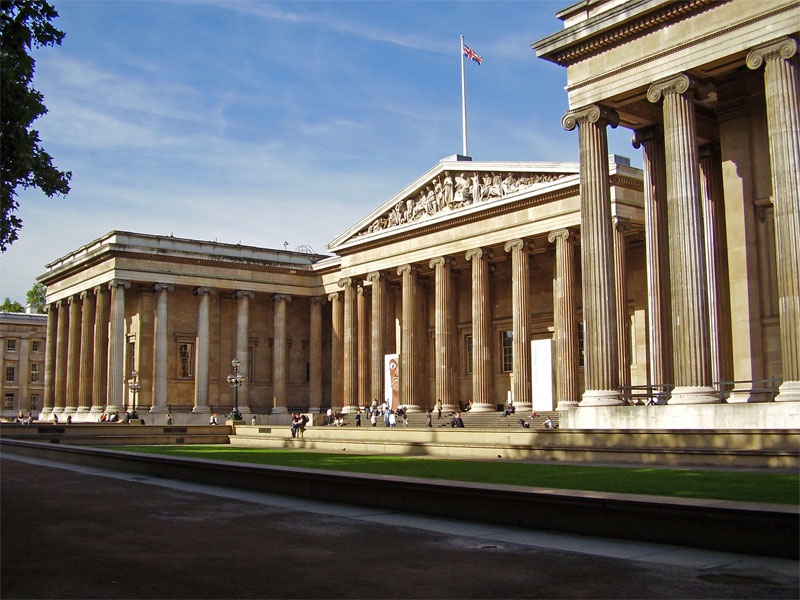
The British Museum, not 1,000 yards from the UCL campus. The Museum was home to the landmark Tutankhamun exhibition during my college years.
In those days a student pass entitled you to free public transport and free entry to the gamut of museums in the city. As one fascinated with late 19th century European (meaning French!) painting I spent countless hours in the city’s museums. The National Gallery in Trafalgar Square nearby saw my tastes expand as I developed an interest in the High Renaissance, for the National has outstanding collections of Titian, Giorgione and Ruebens. This innocent whiling away of the hours never did much for my college attendance, of which more below.
When applying to colleges I knew two things. I wanted to study Mechanical Engineering and I wanted to do so at UCL. I lucked out in both goals. Testifying to small class sizes and the rigorous education at UCL, twenty-two students started in 1970 and just nine of us graduated in 1973. Grade inflation had not yet been invented. Reflecting my early interests, machines and top tier education continue to fascinate me to this day.
Despite the serious demands of academic life, there were, believe it or not, many humorous occasions at UCL. A couple of illustrations will do the trick. As a research university the Faculty of Engineering did much work for the UK’s Department of Defense, though to this day I wonder what exactly the U.K. had to defend. Well, the Falklands, I suppose. Several professors had lucrative consulting arrangements with the DoD, not least of them the Dean of the Faculty, the aforementioned Professor Rowe. I found myself in his office many times and never ceased to wonder at the clutter of papers on his desk, many stamped ‘Top Secret’, with detailed illustrations of nuclear reactors and so on. The Cambridge spy set of the Cold War would have had a field day at UCL.
One of the requirements of the curriculum was a year of rigorous practice in technical drawing. This was before the days of computers and CAD/CAM, meaning easels, paper, rulers, protractors, compasses and erasers, the latter known somewhat unfortunately as ‘rubbers’ in the English vernacular. (Years later in America I recall asking for a rubber in a drafting meeting, wondering at the hilarity my request occasioned). Anyway, our final project was to draw the design for a folding Murphy bed, something only an Irishman could have invented. We all set to it with the confusion of tools required, the results disclosing cam systems, springs, counterweights and so on. This all took hours of calculation and drafting. But one wise guy submitted a crude sketch of an amorphous blob which took him all of thirty seconds. On being examined about his design he explained that this was an inflatable bed, and was rewarded with a failing grade for his efforts. English education did not reward original thinking.
Most importantly, I wanted to be in London and I wanted to take street pictures. I had bought my first ‘serious’ camera in August 1971, a used Leica M3 and nothing has so inspired me in the hobby of photography since. My contact sheets record that through graduation in 1973 (UK degrees take three years as opposed to four in the US) I had exposed 80 rolls of TriX totaling 2,755 snaps, 99% of these on London streets and in her parks. EXIF data was rather more basic in those days:
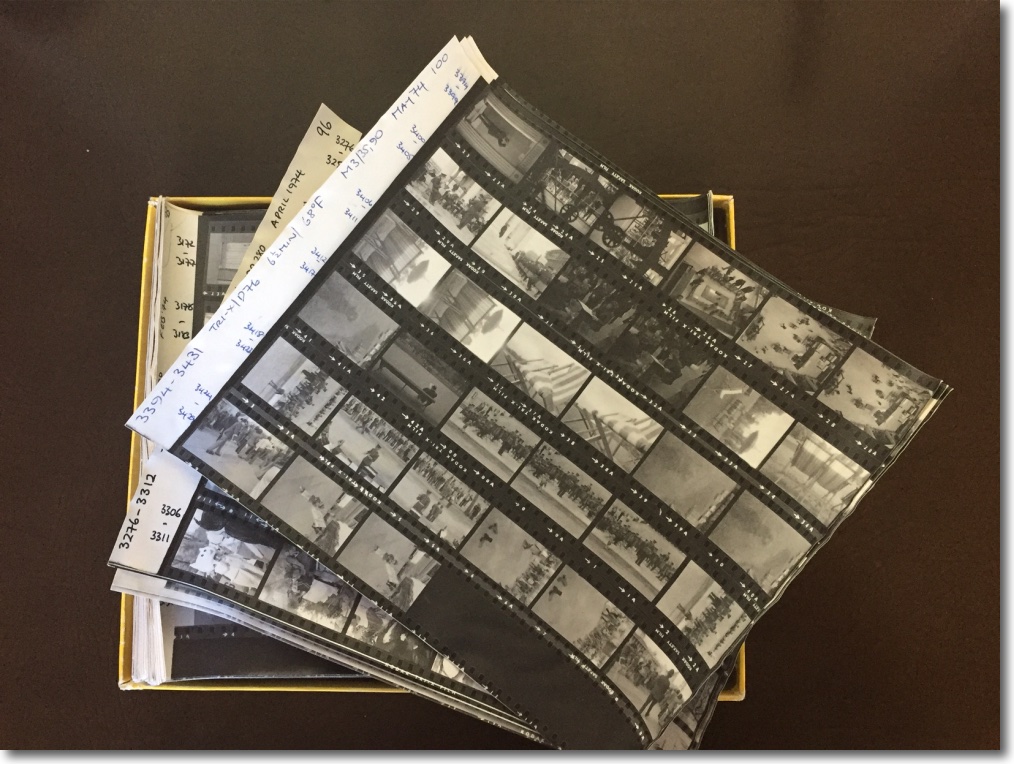
A contact sheet from my college days.
An 8×10″ sheet of printing paper accommodated 6 strips of 6 exposures from a 36 exposure roll of film and to this day I find the idea of taking 36 images of anything on any photo outing as far more than I can handle. Film encouraged seeing rather than looking and poverty saw to it that few frames were wasted.
Now it’s true that I managed to insinuate photography into my Mech. Eng. studies. The lab owned a Minolta SRT101 SLR with a 50mm f/2 Rokkor lens. My first thought of the Minolta was that I could get to rack it out, no charge, given UCL’s famously liberal culture, taking pictures of the many street protests of the time. “Honest, Dr. Jones, they grabbed me and smashed the camera. It wasn’t my fault!” But then I thought about it and the light went off, so to speak.
I was studying the erosive properties of materials subjected to a blast of various grits. I have a light of known duration, a magnificent Perkin Elmer stroboscope, I have a camera which can photograph the intervening flying abrasive particles using the strobe pointed directly into the lens and the rest is just exposure and some simple measurement of blur lengths and schoolboy mathematics. Heck, I even processed the film myself!
The dropped jaws occasioned by my insouciant presentation to the assembled dons, with the requisite anti-American incantations about ‘Nam and the efficiency of killing, said a First in Materials Science, and a First it was. And while my Prof very much wanted me to come back for a postgraduate degree I had cottoned on to the system by then and turned down his gracious offer. You see, at every fiscal year end the labs would magically fill up with boxes of wonderful toys from Veeder Root, Perkin Elmer and Hewlett Packard. (HP was the breed standard for lab gear back then, before later vulgarians destroyed a once great American company). I asked the Prof about this only to be rewarded with my first lesson in budgetary economics. “Thomas, if we don’t spend the money by the end of the year we will get less next year”. And the money grants were a function of the number of students. I was simply a revenue center. Hmmm.
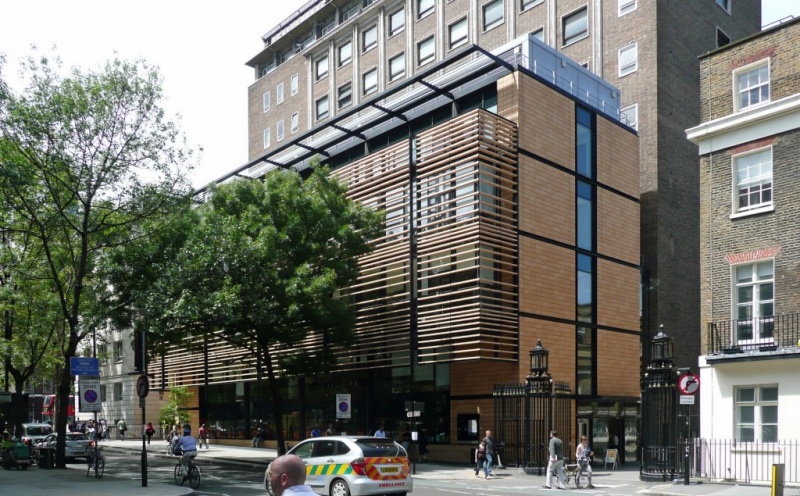
The UCL Faculty of Engineering. You would walk down the path at the right with your punched cards to run programs on the school’s IBM 360/65 computer which took up a watercooled room all of its own!
But it would be unfair to damn the Faculty of Engineering for trying to maximize its access to technology and the large sums of capital which drives it. Technology research is never cheap. And, indeed, my memories of that long ago time are replete with happiness at the quality and caring of my teachers. Two of those stand out – Bernard Stanford Massey (1927-2011) and Alec Rodger (1907-1982).
The first, Dr. Massey, was my Mechanics of Fluids teacher and I have yet to encounter a more articulate or elegantly spoken man. With a sharp and acidic wit yet with no tinge of nastiness, Dr. Massey was the author of the definitive book on his subject named, appropriately, ‘The Mechanics of Fluids’. To add to his accomplishments, Dr. Massey was also was the editor of the Bulletin of the Hymn Society of Great Britain and Ireland from 1975 to 2001 and from 2003 to 2004, drawing on his deep knowledge of the English hymn tradition in authoring many pieces for that publication. We students irreverently referred to Dr. Massey as ‘BS’ but nothing could have been further from the truth. I learned more about communicating succinctly and effectively from Bernard Stanford Massey than in all my subsequent years of effort. I also learned lots about laminar and turbulent flows!
The second, Professor Alec Rodger was someone I simply adulated. Alec was the doyen of occupational psychology in Britain, a field we now call ergonomics. Anyone who uses a Mac computer, a cordless Dyson vacuum or drives a Porsche 911 is enjoying the fruits of Alec’s labors, for he put the science of ergonomics on the map. His concept of ‘fitting the machine to the man and the man to the machine’ is writ large in good industrial design today. It is also, alas, all too frequently notable for its absence. Next time you use the ineptly designed door handles in your home or struggle with the poorly thought out markings on your stove, you can be sure that the designers had never heard of Alec Rodger. Thoroughly dedicated to his passion, Alec would recount in his tutorials how he once had himself locked up in London’s notoriously hard core Brixton Prison for 6 months (!) to better study the inmates and the effects of incarceration. During the war he played an active part in machine design, especially in the Army’s tanks, to make them better working environments under conditions of extreme stress. Later he worked diligently on the Whitehall mandarins, educating them in how occupational psychology was key to workplace efficiency and happiness. I adored Alec and find myself truly grateful to have had the privilege of attending many tutorials in his lovely Georgian home in Bloomsbury, where we devotees gathered cross-legged on the rug, enjoying his mellifluous tones, his tea and scones. A man for the ages. My First in Occupational Psychology was a given.
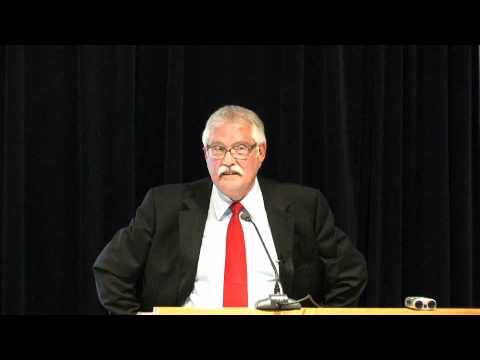
Professor Alec Rodger.
But much as I loved Occupational Psychology, there was not a living to be made at it in early 1970s England. A related reason for abandoning engineering and heading off to the financial world was attributable to a chicken.
When I started at UCL in the fall of 1970 there was only one place a self-respecting mechanical engineer wanted to work and it sure as heck was not for the British government. It was Rolls Royce Aircraft and I was set to apply to the turbine blade division when the chicken intervened. Rolls Royce had developed a new jet engine, the RB211 and to procure competitive advantage over Pratt & Whitney and General Electric in the United States RR decided on a magical new material named Hyfil for the main fan blades. Hyfil was nothing more than carbon fibre and was immensely strong in tension, tension it would be subjected to in a rapidly spinning fan. All was sweetness and light in the design stage, the engine delivering 8% better fuel efficiency than those of the Americans’ and orders started rolling in from the big US airlines. Not least of these was Lockheed with its L1011 Tristar passenger jet, then the most advanced civil aircraft with military grade avionics courtesy of the defense expertise of the maker.
Then came the chicken.
A standard test for impact resistance, the bird would be flung against the fan blades which, in the case of the heavier titanium alternative resulted in one pretty messed up bird. But Hyfil took the challenge differently, breaking like chocolate on impact. Now last I checked, chickens are not the greatest flyers but lots of other avians are and they get ingested in copious quantities by jet engines. To cut a long story short Rolls went broke and Lockheed almost did. The last remaining national jewel, RR was subsequently nationalized by the UK government …. and I sure as heck was not going to work for the government. The might of Rolls Royce Aircraft and my engineering future were destroyed. By a chicken.
Engineering – be it mechanical, chemical, production, you name it – is hard. There is a great deal of rigorous applied mathematics and there is no place to hide for the incompetent. Over my many subsequent years in money management I always looked favorably on job candidates with an engineering (or MBA, which is financial engineering) background. They would always have that strong analytical skill set demanded in the world of asset management and more math skills than they would ever need. Indeed, money management is the proverbial walk in the park after the rigors of engineering math.
So what has all this to do with photography? Well, recall that my primary interest in my college years was not academic. It was to take pictures. As one who has been reading business and investment magazines since I was knee high to a grasshopper and, accordingly, possessed an acute sense of the value of his time, I had learned that one’s degree grade affected his starting salary. However, the difference between a First and an Upper Second meant $120 more annually – that’s just $685 today. ‘Are you kidding me?’, I thought. A trivial sum of money for maybe 1,000 hours of additional effort? Eh? $1.20 an hour for no enhancement in employment prospects? I could work like stink at UCL for three years and walk away with a First at $1.20/hr, or I could take pictures for most of the three years, study like a spavined mule for 6 months and come away with an Upper Second. No contest. I went for the Upper Second and the mule option. Plus I made far more from publication of my snaps than any starting salary enhancement offered.
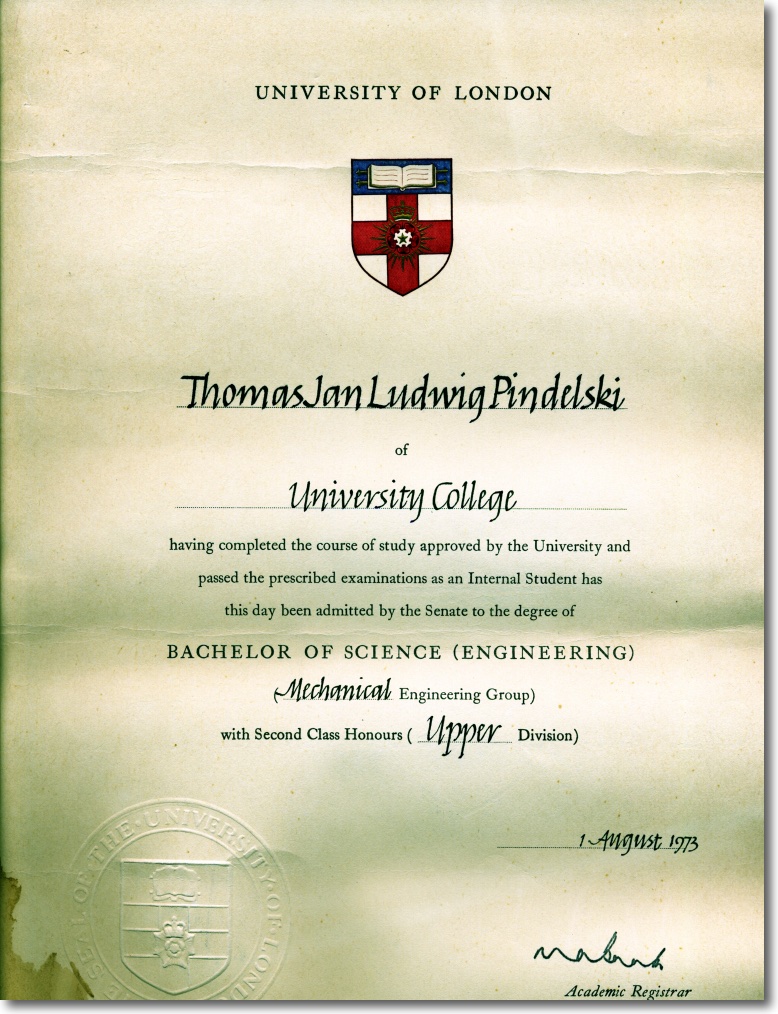
You can thank my grandfather for the ‘Ludwig’ for he was a huge Beethoven fan!
Despite a bunch of firsts in my last year, my awful attendance record – courtesy of a lackadaisical system with no roll calls in sight – limited me to the Upper Second I expected. To all intents and purposes I had worked like stink for 6 months to earn that degree! There was never a finer trade-off made, because these are some of the results photographically. Photographs which, oft reproduced by magazines of the time, kept me in bread and water. What of these images? Well, they are street snaps without exception, which is my thing and, yes, I grew up in the shadow of that supreme master Henri Cartier-Bresson. While all street snappers aspire to his standards, I have always tried to add a touch of humor to my images, a feature sadly lacking from most of the master’s oeuvre. All of the snaps below were published at one time or another, which was nice as I desperately needed the cash. The fifth won the ‘Photographer of the Year’ award from Photography magazine in 1974 along with a cup and a bunch of equipment, the latter immediately sold to finance my hobby. I used a Leica. Nothing else, back then, compared:
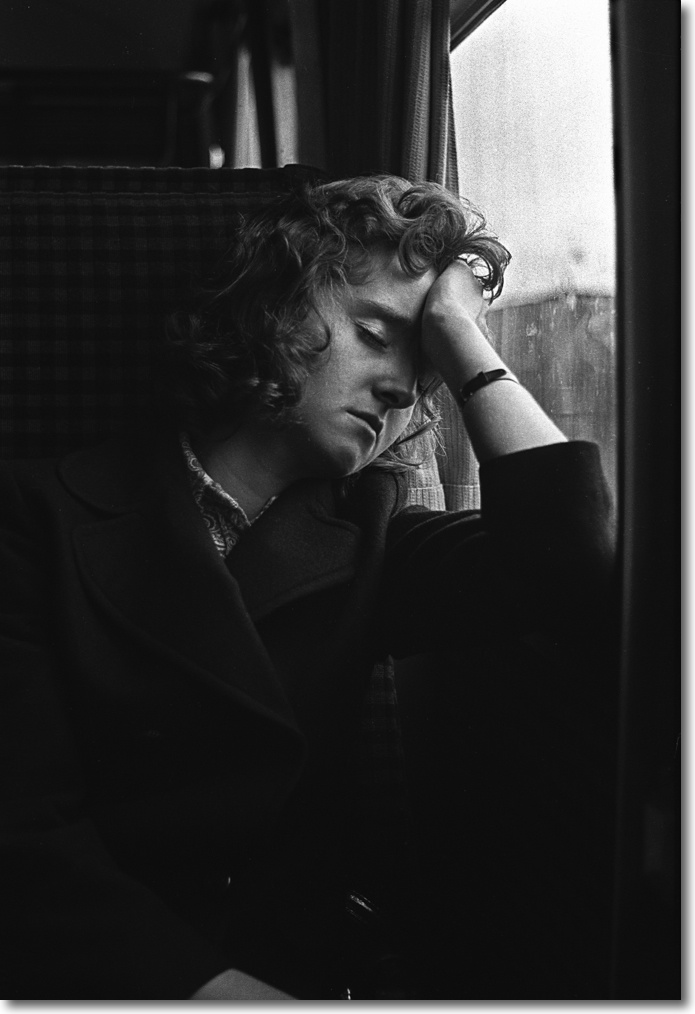
Girl on a train. My first ever Leica photograph, August 2, 1971. Roll 1, Picture 1. M3, 50mm Elmar.
I immediately knew I was onto something magical.
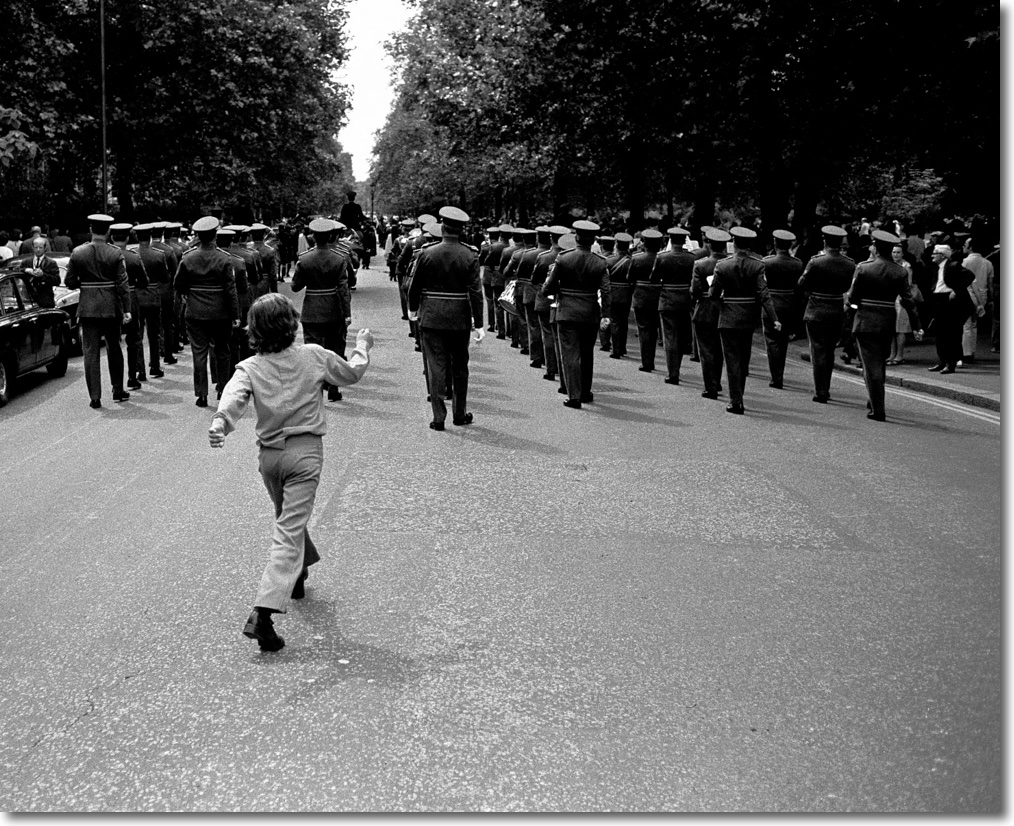
Pall Mall.
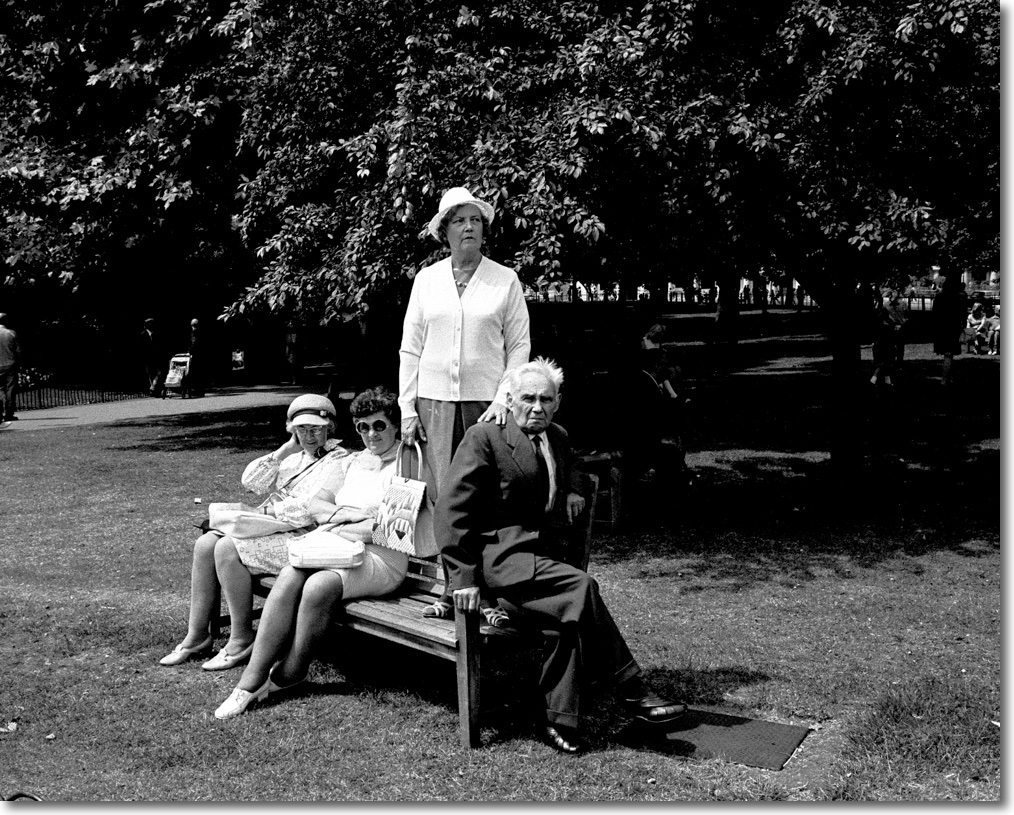
Green Park.
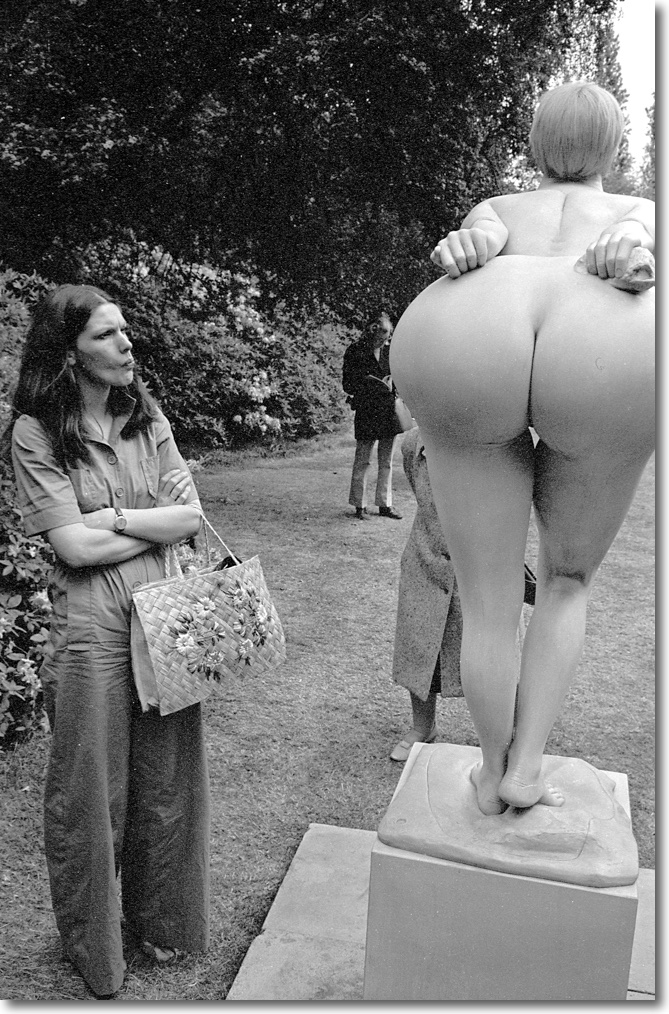
Holland Park.
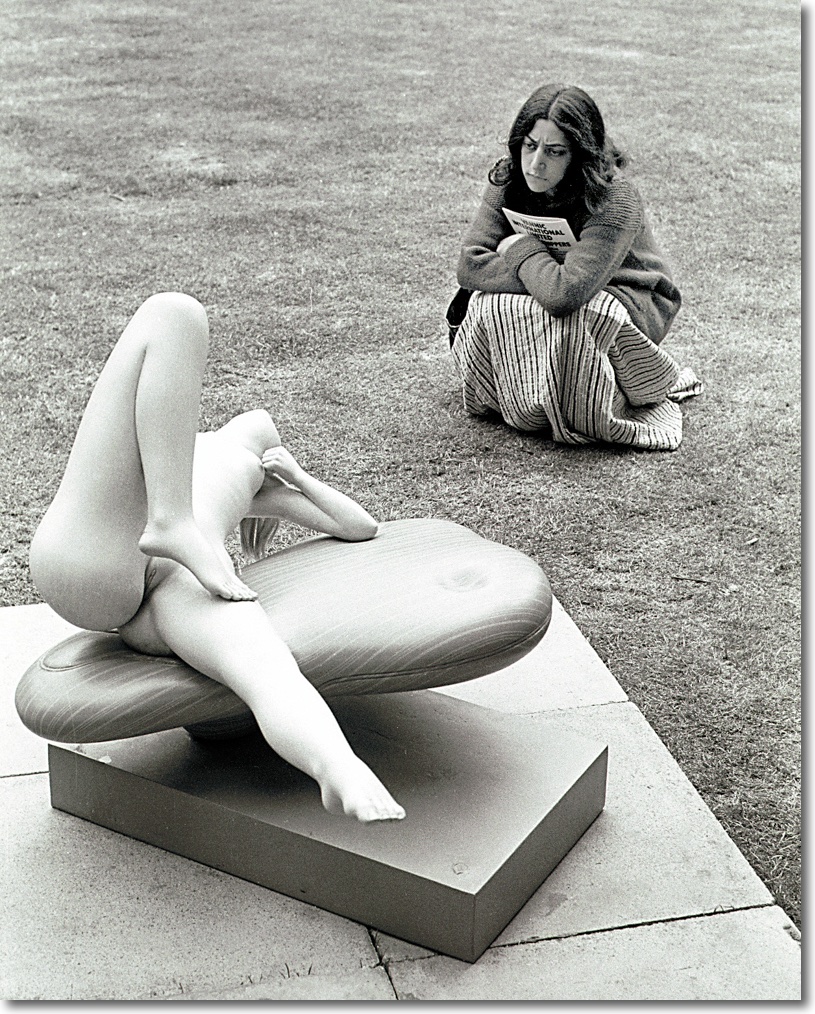
Holland Park – Reg Butler sculpture show. Big winner, this one.
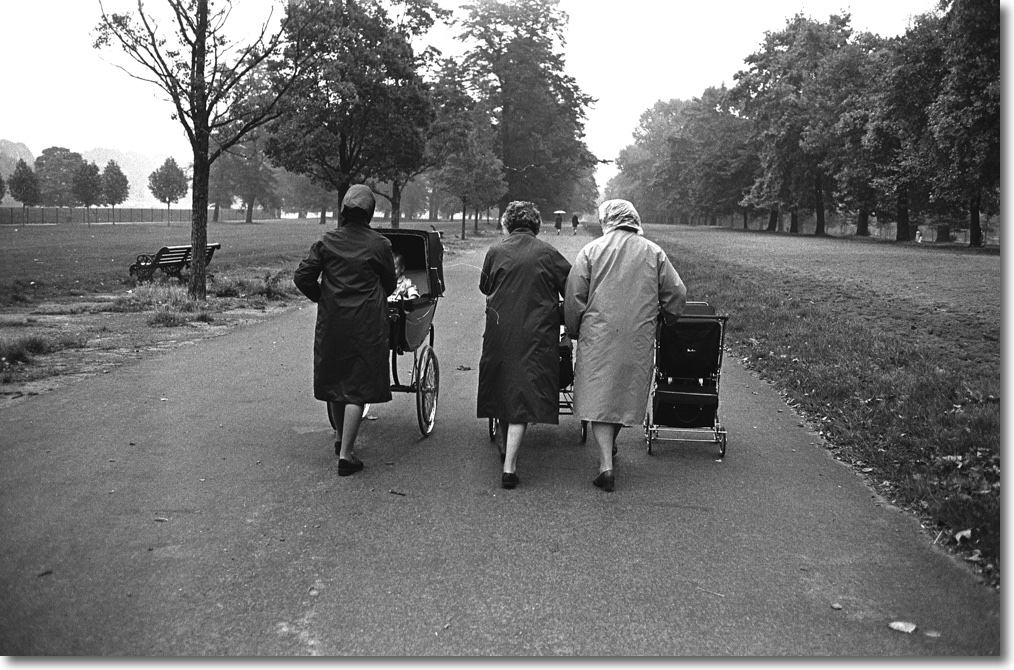
Hyde Park nannies.
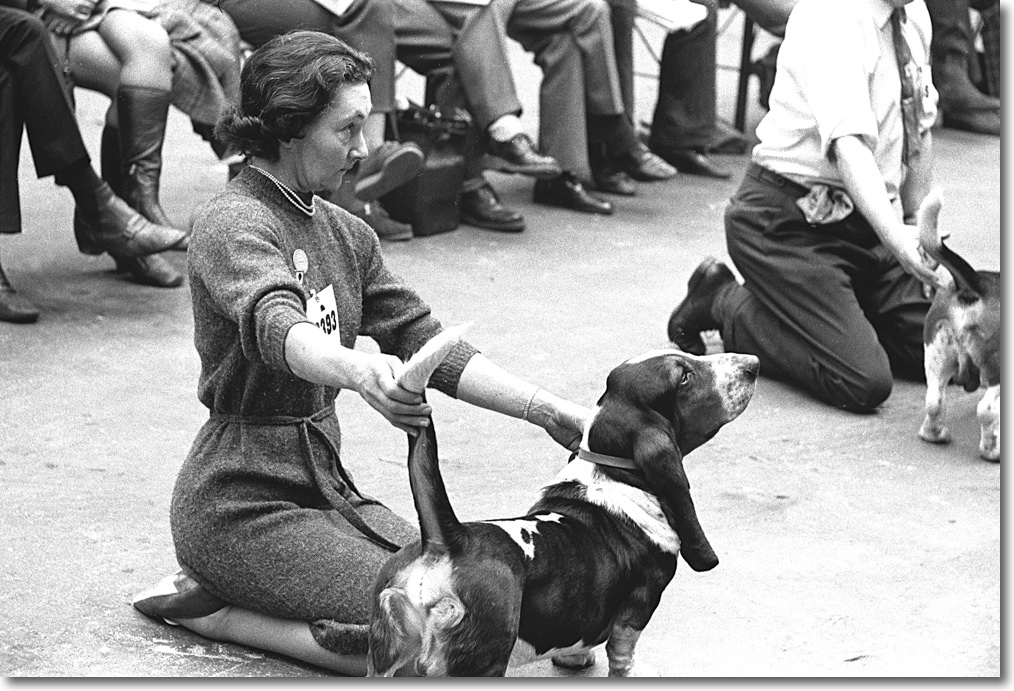
Cruft’s Dog Show, Olympia. The basset hound is used by the French as a truffle finder,
his acute sense of smell second only to that of the bloodhound. The long, floppy ears
are part of the olfactory system, containing and concentrating odors.
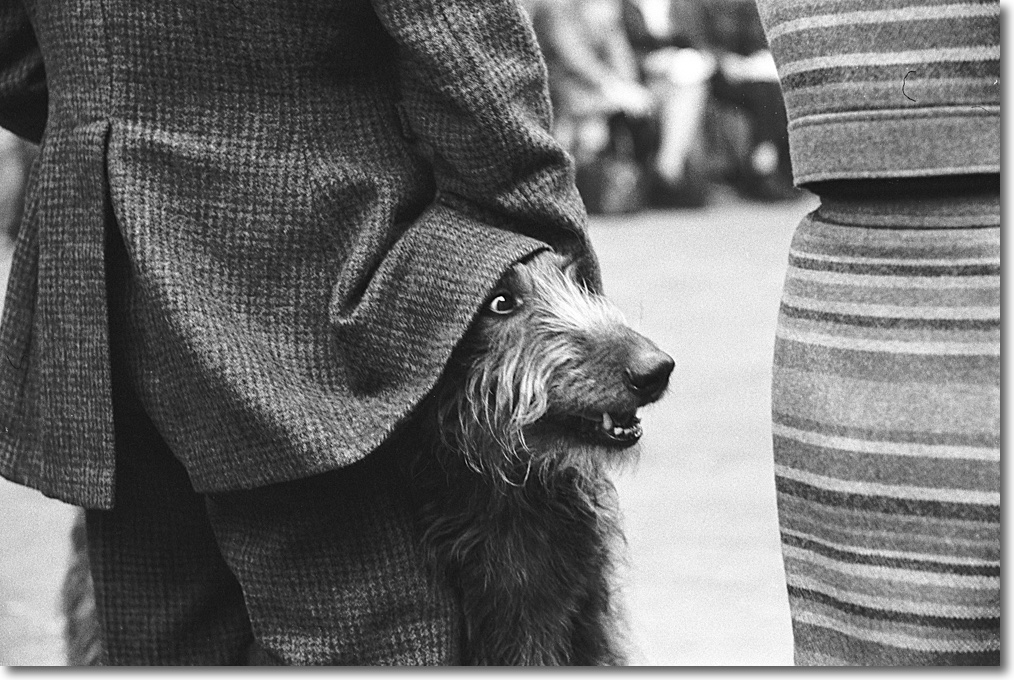
Cruft’s Dog Show, Olympia. The magnificent and mischievous Irish wolfhound.
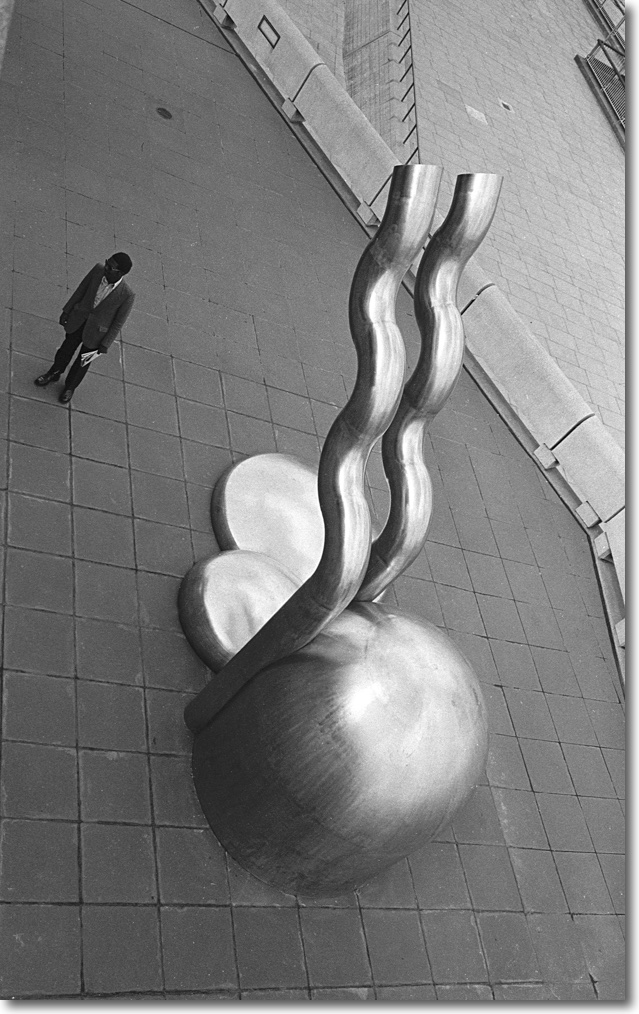
The Embankment.
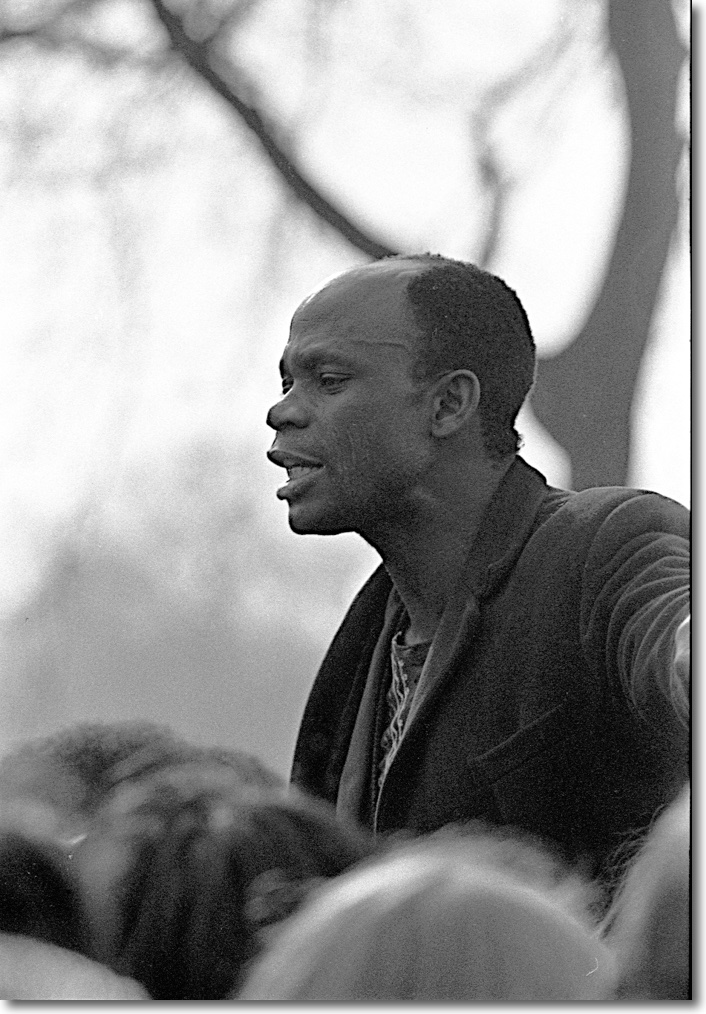
Speakers’ Corner, Hyde Park.
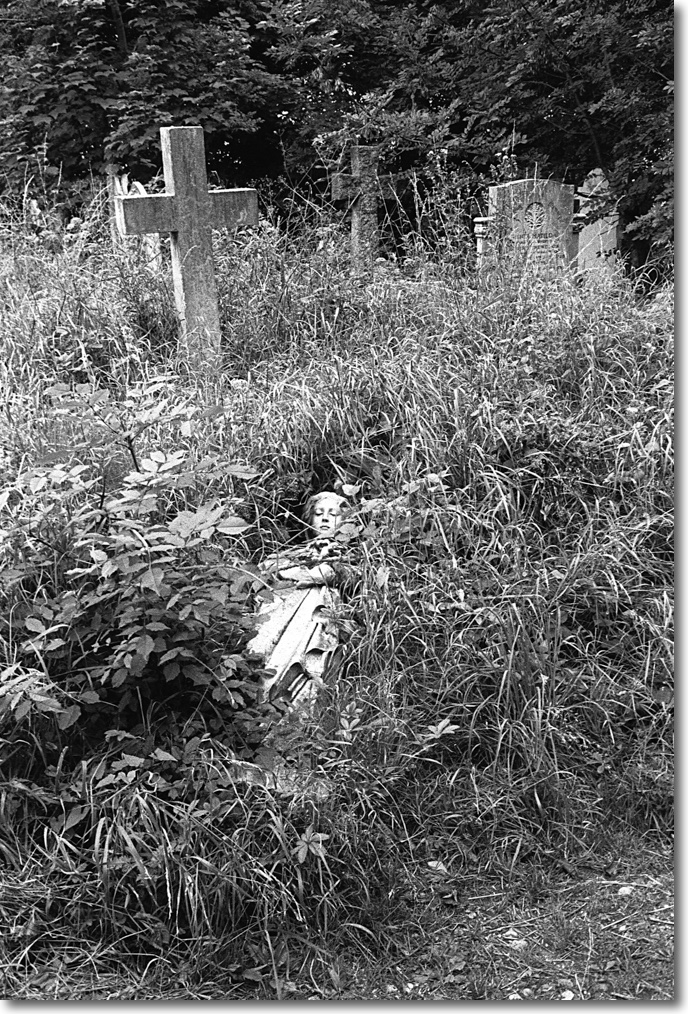
Highgate Cemetery.
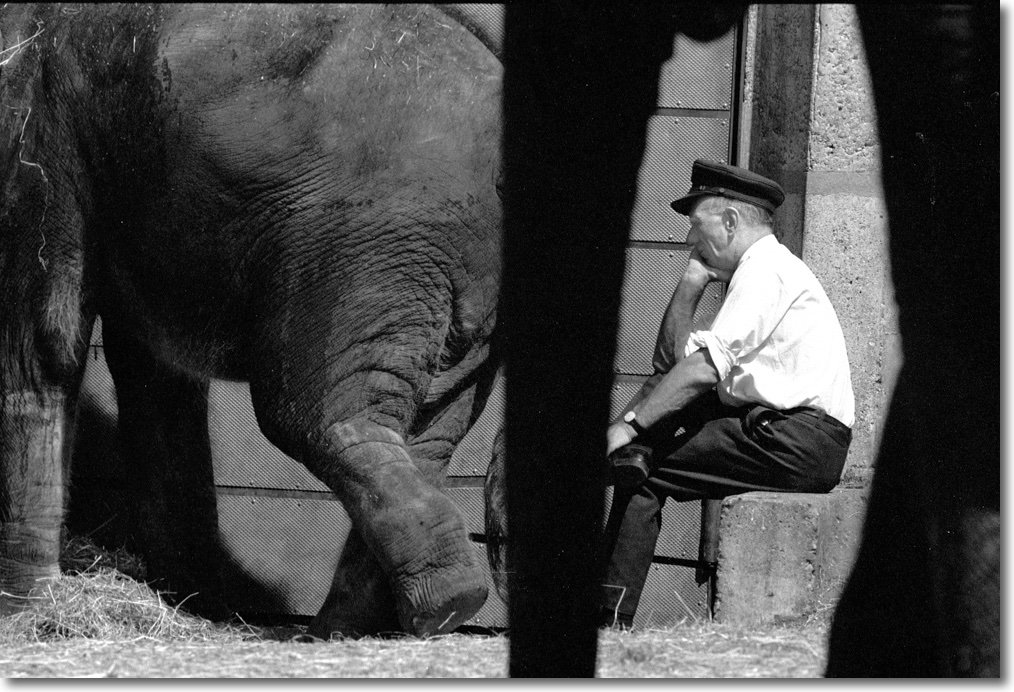
London Zoo.
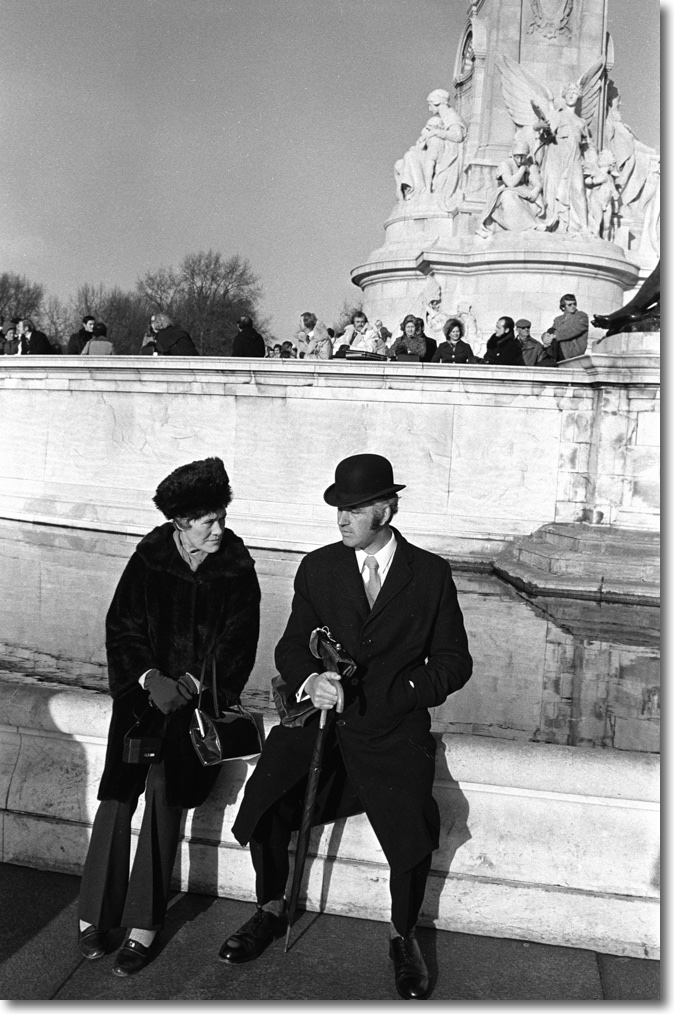
Class distinction. Kensington Gardens.
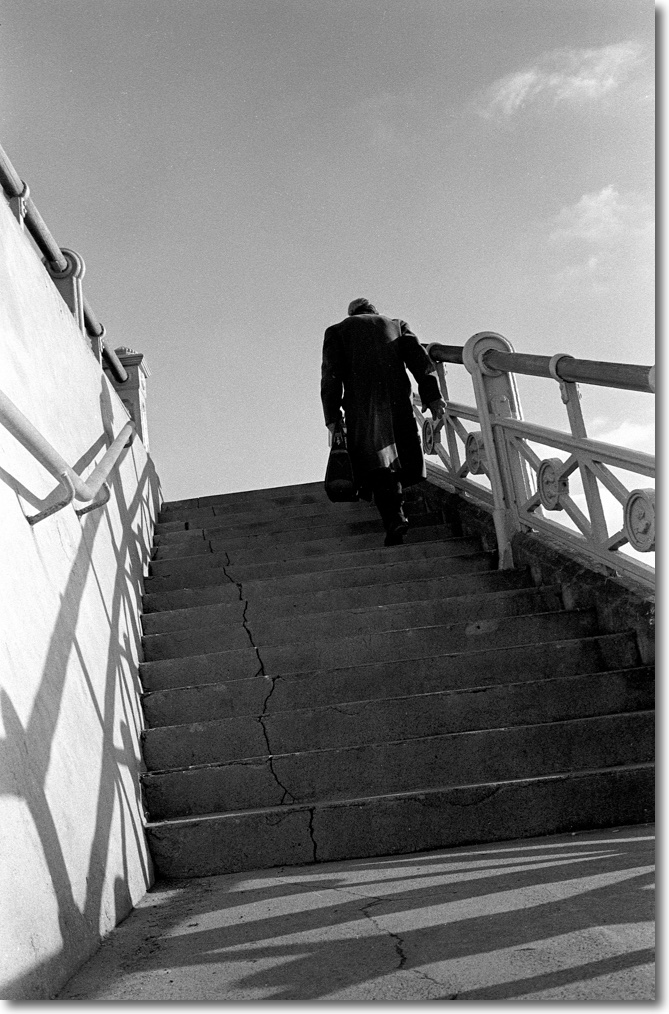
Brighton, an old person’s town. A rare foray outside London.
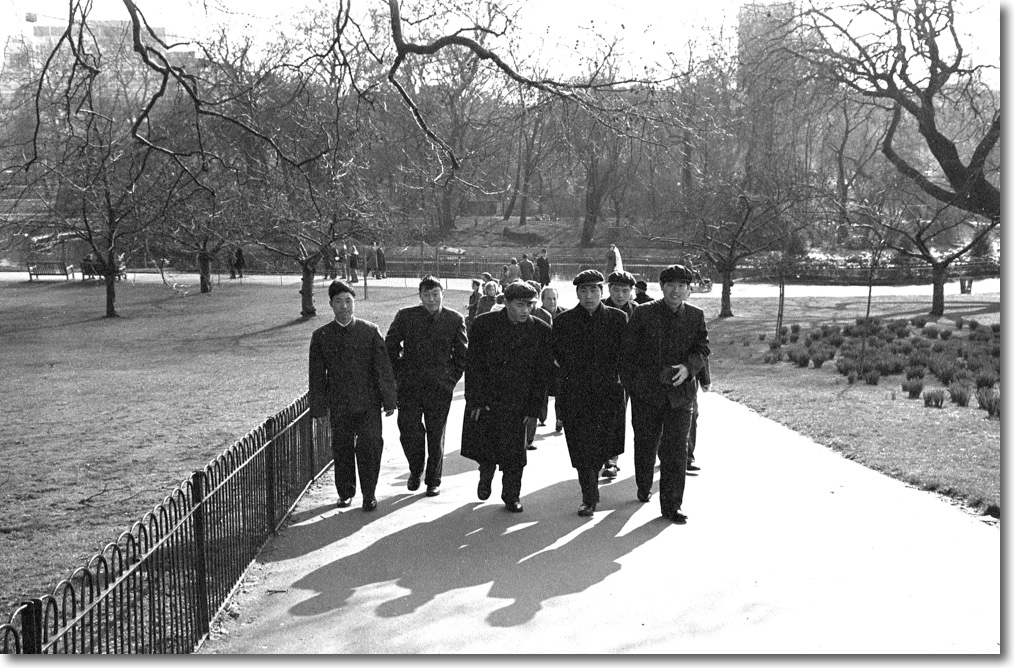
Early invasion – St. James’s Park.
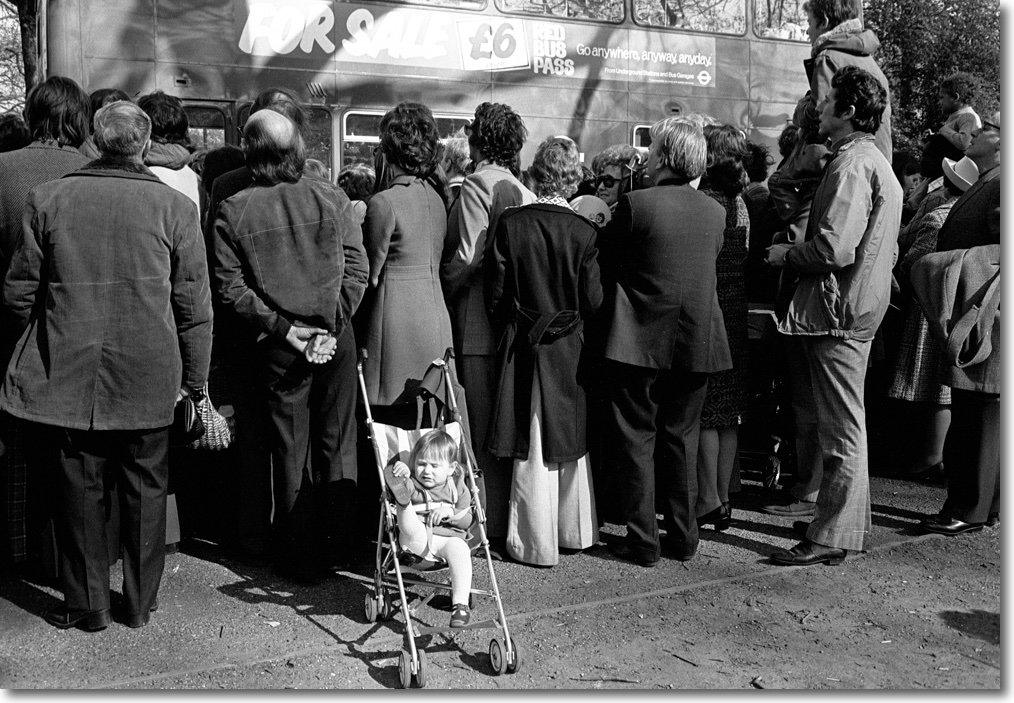
Pall Mall.
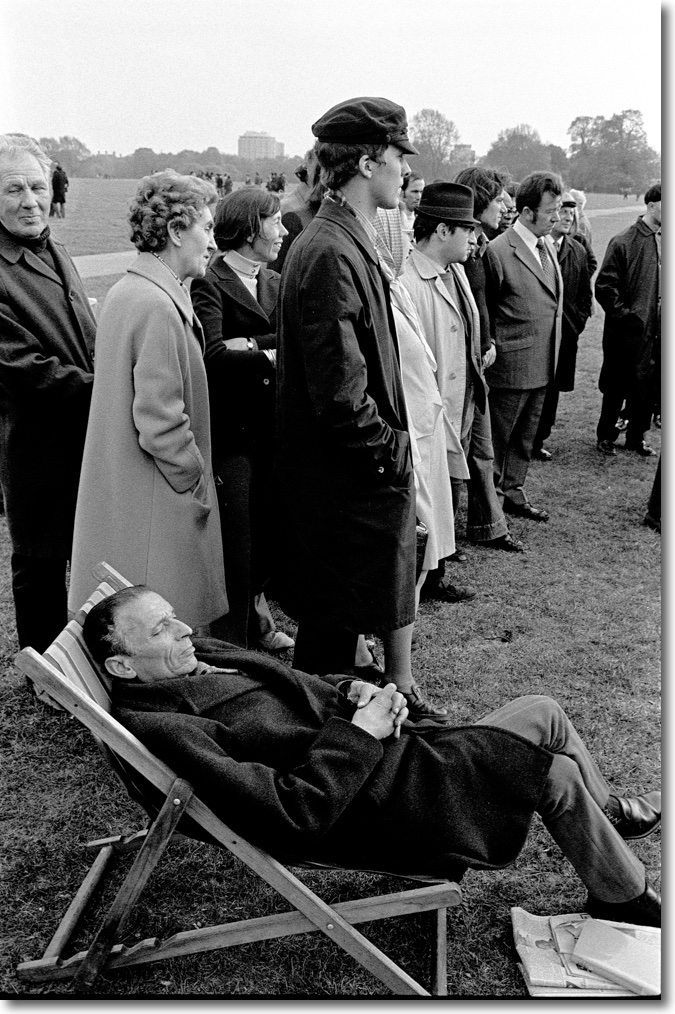
British phlegm, Speakers’ Corner.
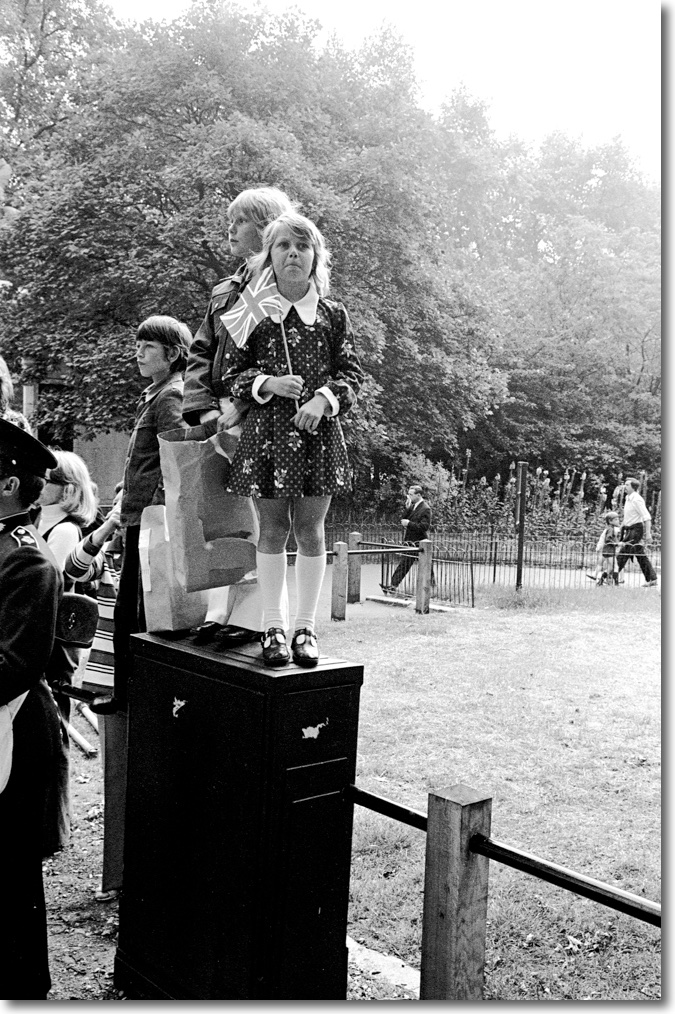
There’ll always be an England. Hyde Park.
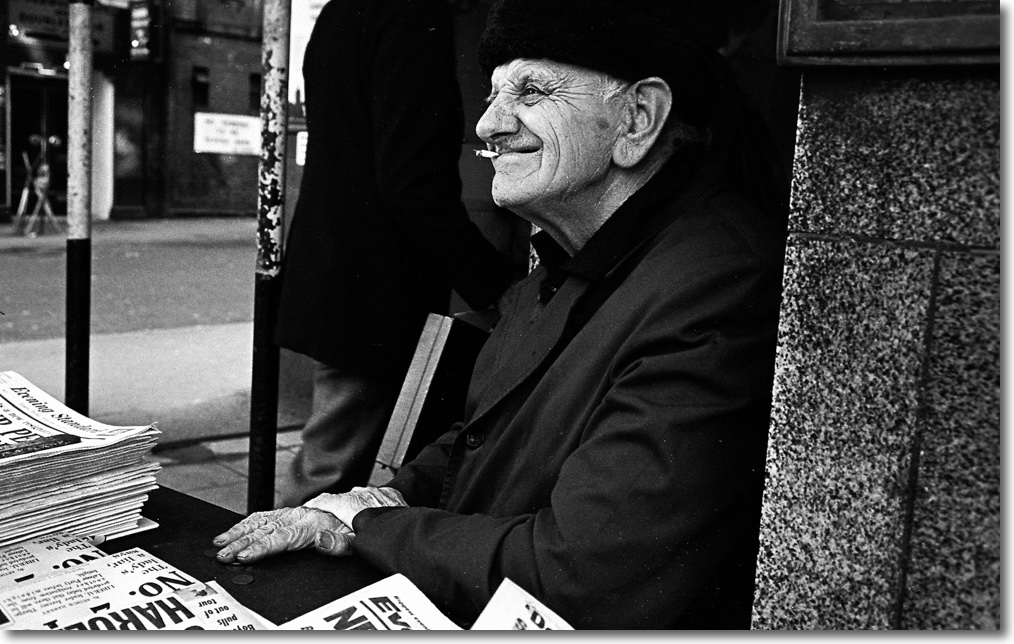
Newspaper vendor, Knightsbridge.
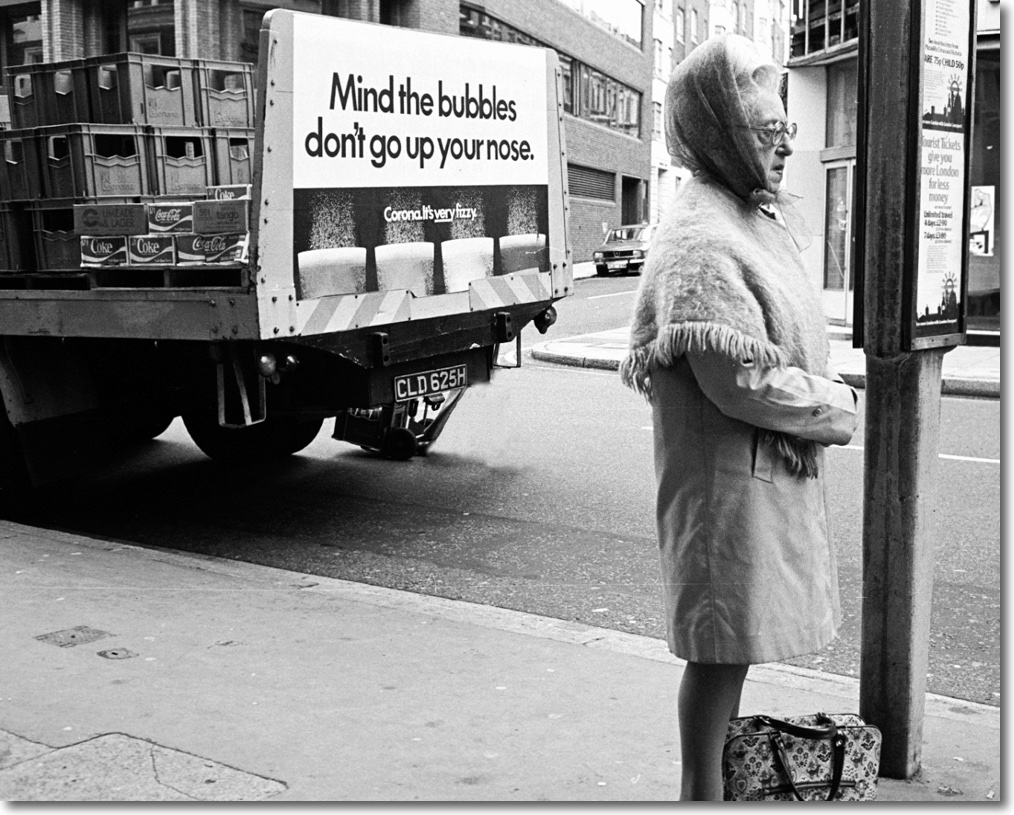
Notting Hill Gate.

Land of hope and glory, Brixton.
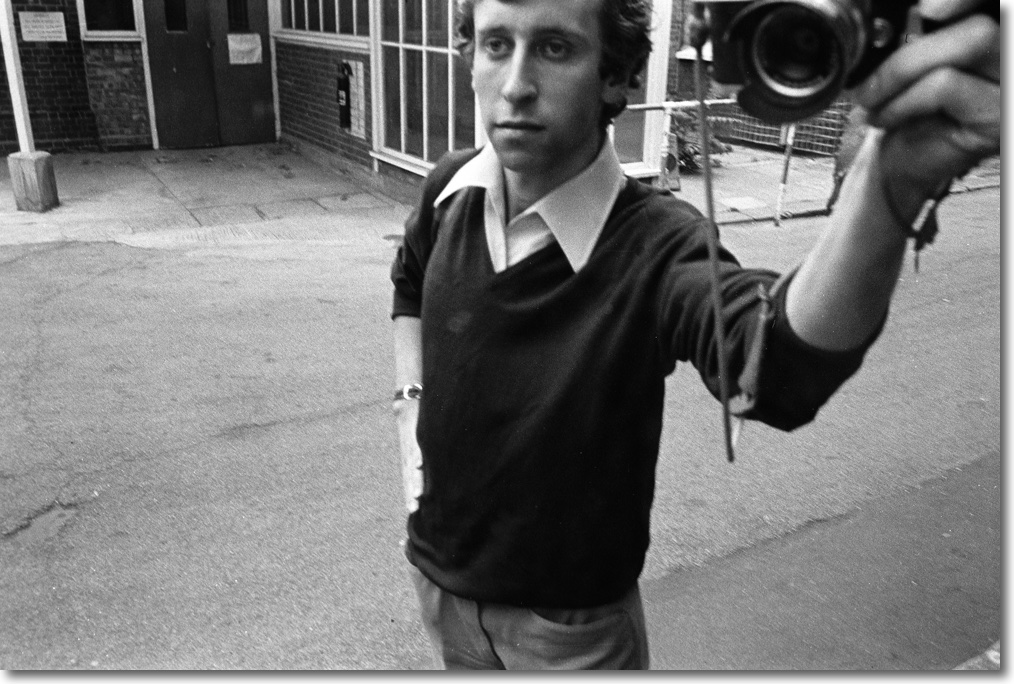
Selfie. Leica M3, 35mm Summaron.
All taken on my Leica M3 with the 35mm Summaron, 50mm and 90mm Elmar lenses. Bottom of the line optics by Leitz’s exalted standard, true, but they worked for me and it’s all I could afford in any case! All on Kodak TriX film developed in D76. Summicrons and Summiluxes would have to wait. Scanned – some 35 years later – using Nikon and Canon negative scanners.
As for taking pictures for fun and for a living, I started my first job in August of 1973 in the financial sector, began studying for my CPA (back then MBAs did not exist in English academia, though Harvard’s date back to 1908 – as Calvin Coolidge reminds us “The chief business of the American people is business”) and no longer had to prostitute my talents by getting work published. Four years later, CPA in hand, I was on a one way flight to the United States, still, by a country mile, the best decision of my life. England was done for and I was done with England. Despite a fabulous technical and business education I left the United Kingdom $4,000 in debt, borrowed from my US employer and a US relative. Such were the merits of a proper English Education.
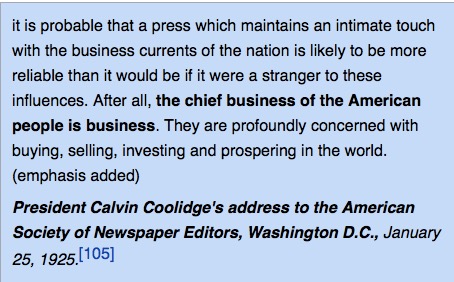
‘Silent Cal’ nails it.
There is a happy ending to the chicken story. Many years later my London nephew attended the exact same faculty at UCL, graduated with a First and ended up …. designing turbine blades for a newly privatized Rolls Royce Aircraft. History repeats. Tom is the real thing, a practicing engineer; I made my way to Wall Street, picking up a CPA and a bunch of NYSE qualifications along the way. History does not record which of us had more fun at University College, London.
I take street snaps to this day and enjoy the genre as much as ever. And I’m out of debt. And a huge fan of that chicken.
* * * * *
Click here for an index of all the Biographical pieces.
